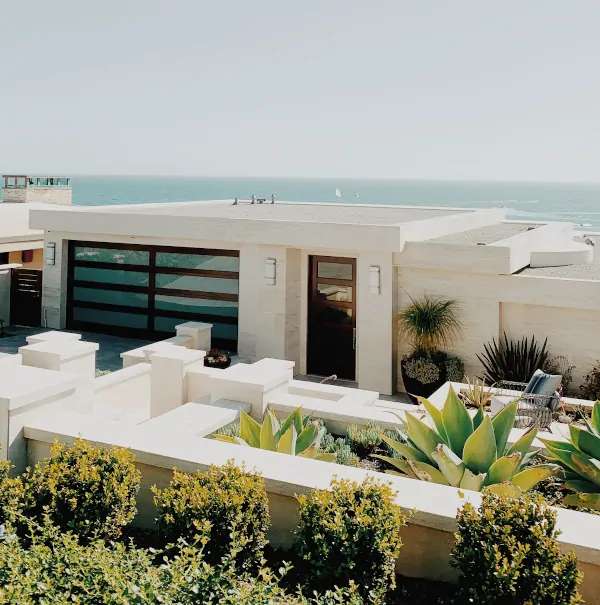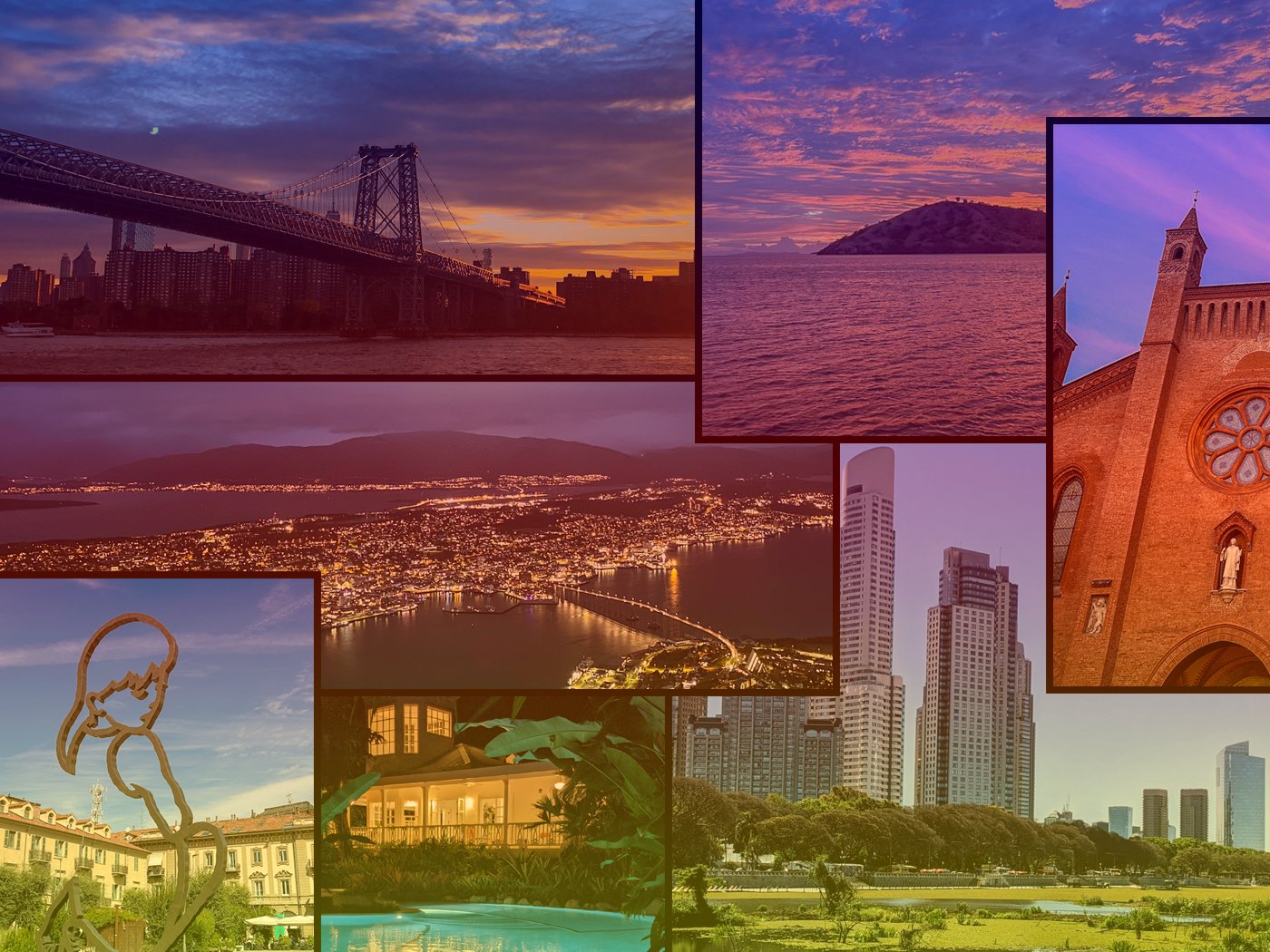When it comes to planning your next trip, the world is your oyster. Should you go on an African safari, eat your way through Italy, or watch tango in Argentina? Trying to narrow down those bucket lists can feel like an impossible task, but that’s where we come in.
We’re a few months into the year, and if you don’t have solid travel plans for 2025 yet, we’ve compiled a list of our top picks—from small Midwestern cities, to Southeast Asian gems, to surprising Middle Eastern destinations. If you’re plagued with decision paralysis, use this guide to spark inspiration for your 2025 travels.
Words by Kaitlyn Rosati, Johnny Motley, and Brandon Withrow.
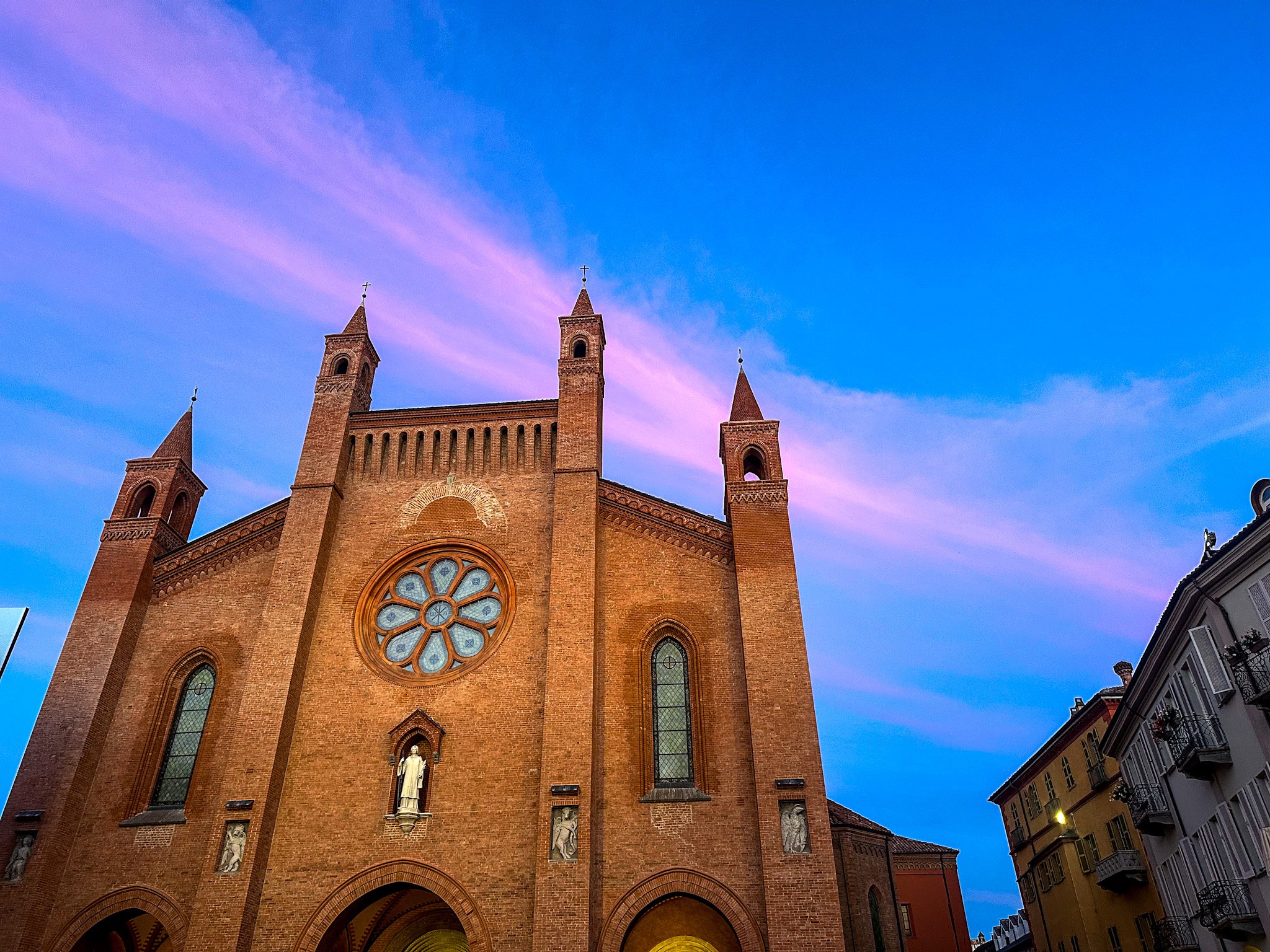
Photo by Kaitlyn Rosati
Alba, Italy
Italy’s Piedmont region is known for its excellent food and wine, and within the area, fewer places do it better than Alba. It’s regarded as one of the best destinations in the country to go truffle hunting with a canine companion—whose role is strictly to sniff out truffles. Black truffles can be found year-round, but if the rarer white truffles are what you seek, you’ll want to visit between October and December and make sure to check out the Alba White Truffle Fair, held in the city center each year.
In addition to truffles, Alba is home to plenty of regional specialties, including tajarin (a pasta made with a high ratio of egg yolks), agnolotti del plin (a pinched pasta stuffed with meat), battuta di manzo (a regional beef tartare), and the tonda gentile hazelnut variety—which helps explain why Nutella can trace its roots back to here. Head to a local eatery like Aldente Trattoria or Cortiletto d’Alba to savor the best Alba offers. If you can snag a reservation, the town is also home to Piazza Duomo, one of 14 three-Michelin-star restaurants in Italy.
Despite Alba’s small size, narrowing down what to do—and eat—can be daunting. Local tour operator Langhe Experience can help you make reservations, book hotels, and arrange truffle hunting and Barolo wine tasting excursions.
Where to stay: There are no chain hotels in Alba, so go local and stay at Palazzo Finati, a centrally located boutique hotel with sprawling rooms. —KR
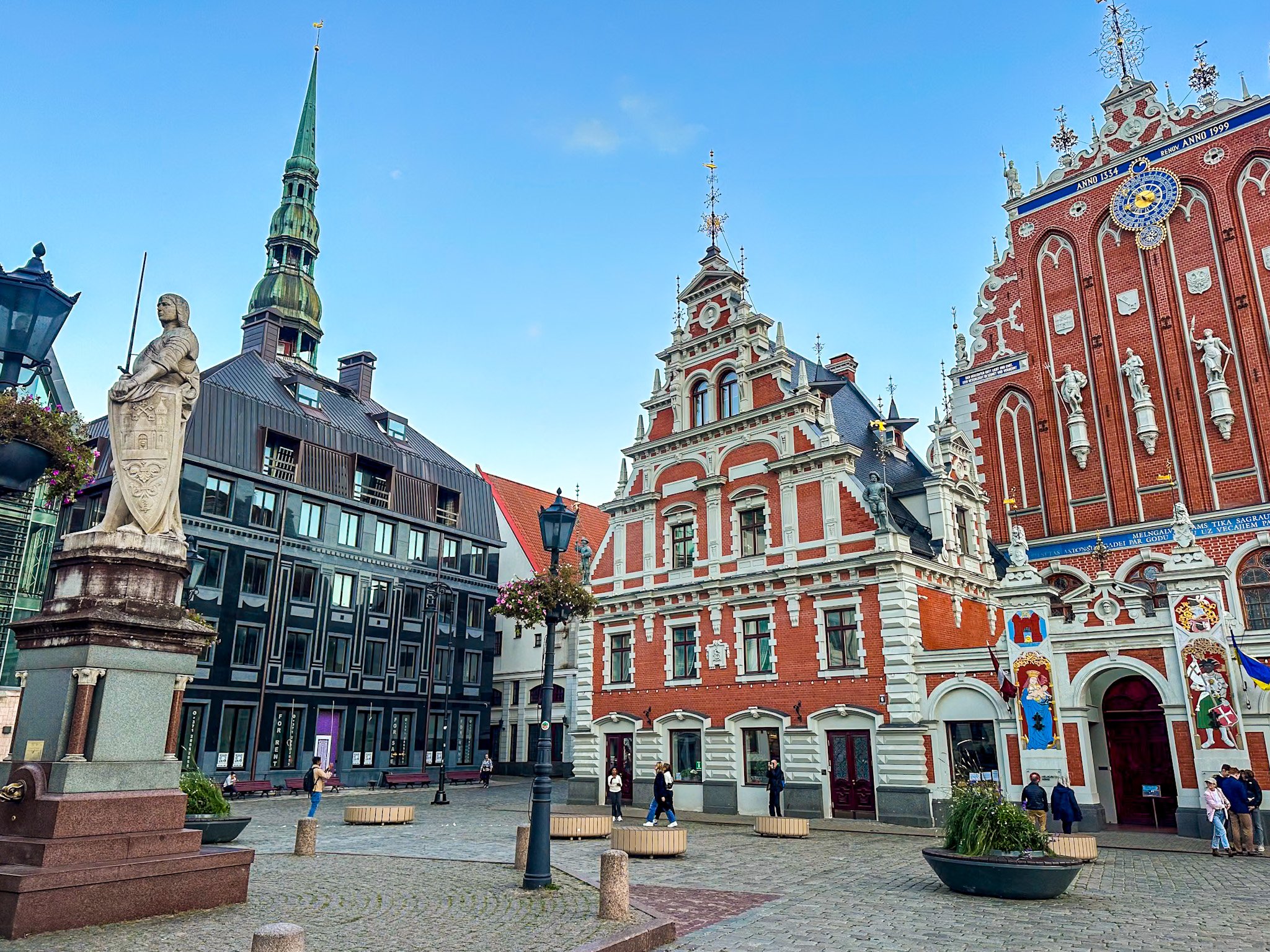
Photo by Kaitlyn Rosati
Riga, Latvia
Is Riga Europe’s best-kept secret? Finding a destination that ticks the boxes for every type of traveler is rare, but the Latvian capital does just that. Nature lovers will enjoy its many parks and gardens, from the tree-lined Esplanade to the spacious Bastejkalna Park. Wellness junkies, rejoice: The city is full of spas, like ESPA Riga with its rooftop outdoor hot tub, and Hedonic Spa inside The Grand Poet Hotel. History buffs won’t want to put their cameras down while walking through Riga’s Old Town, which has the highest concentration of Art Nouveau buildings of any city in the world.
Latvian cuisine might fly under the radar, but while here, you must try sklandrausis, a pie made with mashed carrots, potatoes, honey and caraway seeds, and hearty soups like zivju zupa, or Latvian fish soup. To get a taste of authentic local life, head to Agenskalns Market, one of the oldest in the city, or to the Saturday-only Kalnciema Street Market. End your days with a nightcap at Gimlet Nordic Cocktail Bar, which specializes in Latvian gin and ingredients.
Where to stay: If spas, a central location, and comfort are what you seek, The Grand Poet Hotel is where you’ll want to be. Make sure to check out the Hedonic Spa inside, where you can unwind in a Finnish sauna and steam bath. —KR
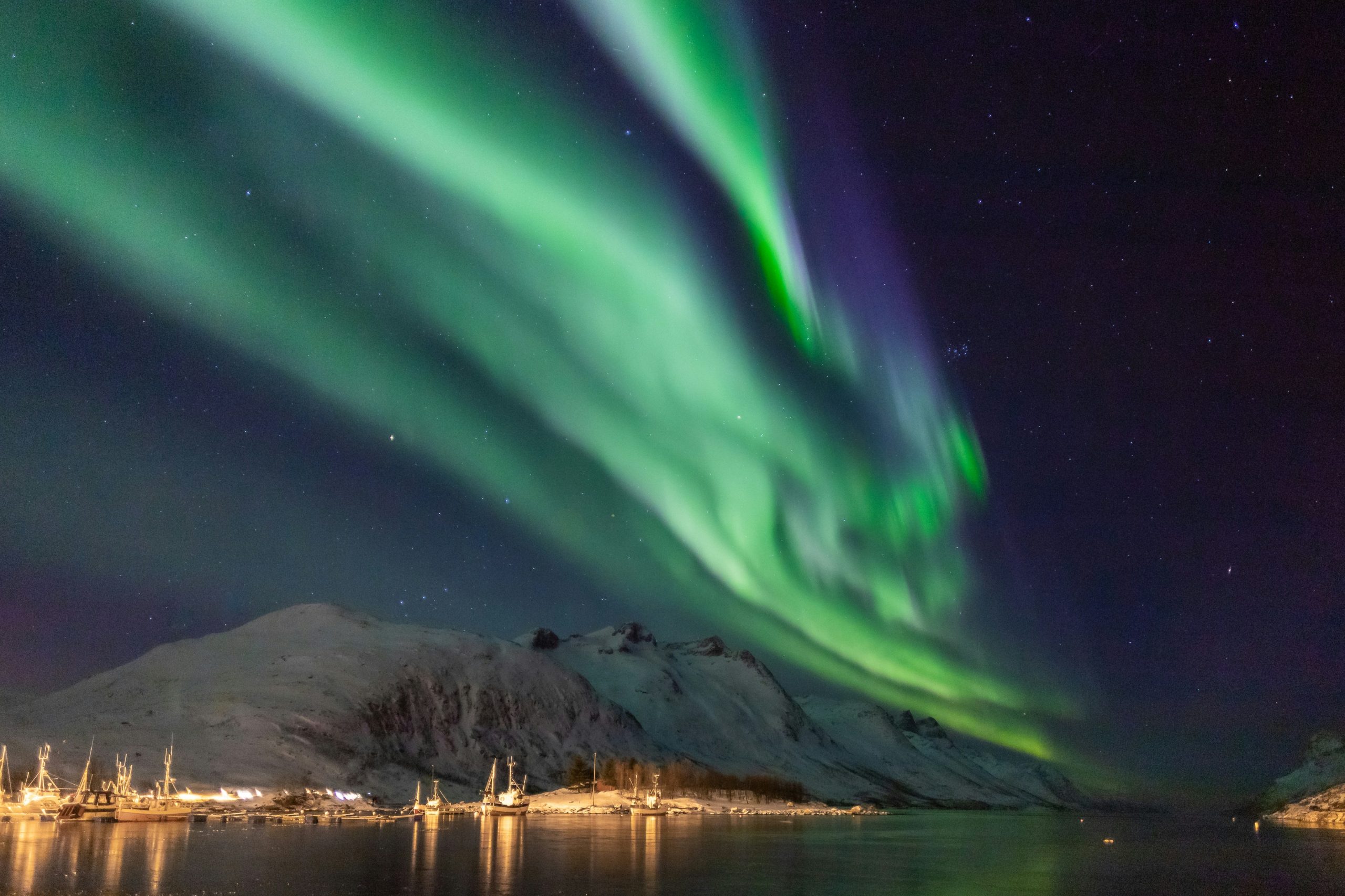
Photo by Bjørn Are With Andreassen for Unsplash
Tromsø, Norway
2024 made waves as one of the best years to see the northern lights, and thankfully for nature lovers, that trend is predicted to continue through 2025. One of the most majestic places in the world to take it all in is Tromsø, Norway. Referred to as the Gateway to the Arctic, this northern Nordic city is picturesque even without the aurora borealis.
Take the Fjellheisen cable car to enjoy aerial views of the city, and when your appetite comes calling, grab a bite at Fiskekompaniet for the freshest seafood in town. Animal lovers will also enjoy a Tromso visit; the small city is ideal for whale watching and dog-sledding.
One of the best ways to explore Tromsø and other Norwegian coastal cities is by embarking on a cruise. Havila Voyages offers a “Northern Lights Promise” on Bergen to Kirkenes sailings from October to March, which include a stop in Tromsø. The cruise line promises that you will see the Northern Lights, or you’ll get a new voyage, completely free of charge.
Where to stay: As a counterpoint to the stark natural wonders of the Nordic outdoors, we love the sleek, modern conveniences of the Moxy Tromsø, the northernmost Marriott Bonvoy hotel in the world. –KR
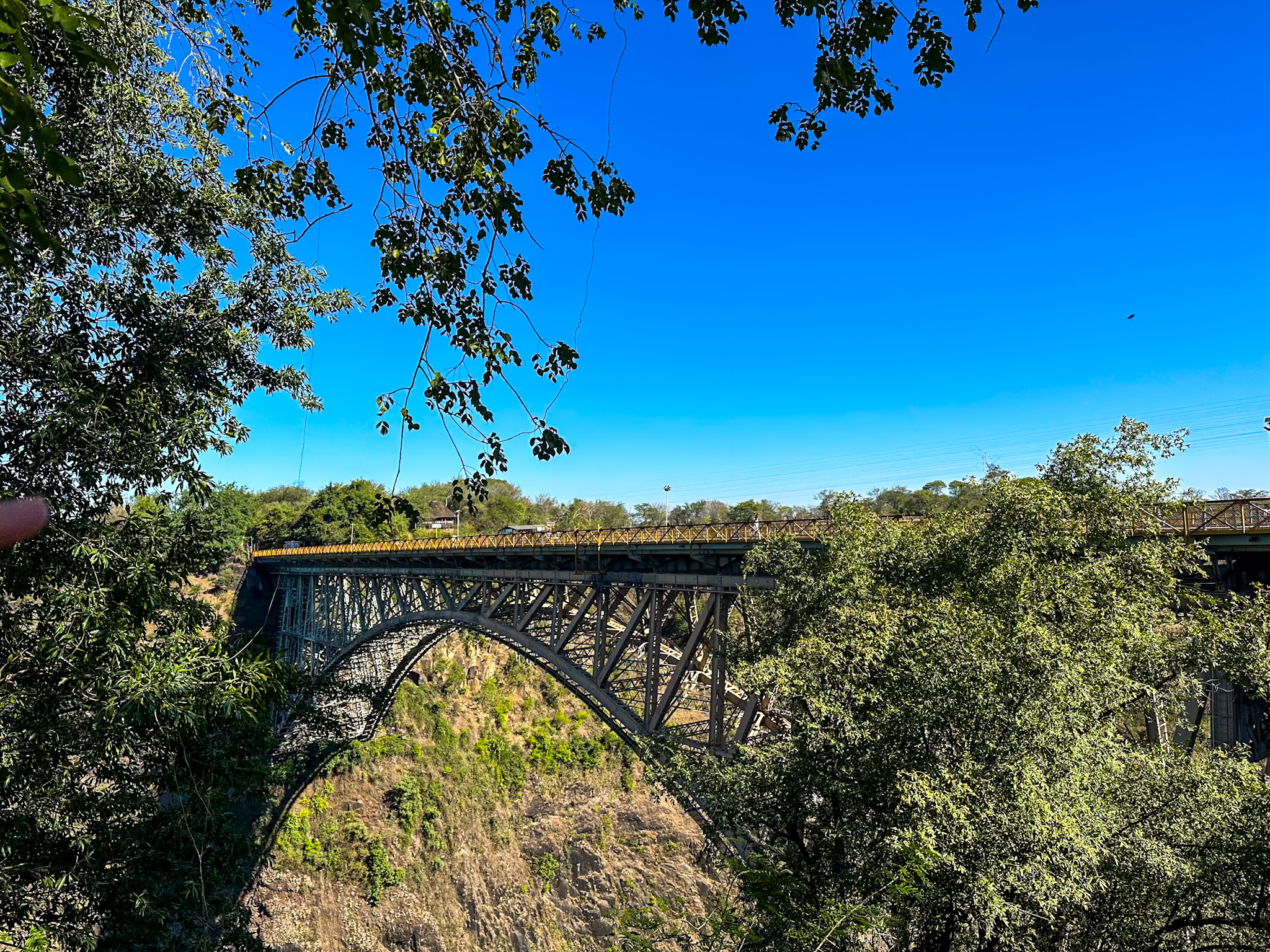
Photo by Kaitlyn Rosati
Livingstone, Zambia
Victoria Falls lives high on many travelers’ must-visit lists, but too many of them overlook the surrounding area. Set directly on the Zambezi River, Livingstone grants easy access to Victoria Falls while providing a culturally enriching experience.
You might hear locals refer to Victoria Falls as Mosi-oa-Tunya, its original name in the Sotho language, which means “the smoke that thunders.”Beyond the falls, Mosi-oa-Tunya National Park, a UNESCO World Heritage Site, is an ideal destination for a quick game drive, with animals like zebras, elephants, hippos, and even the rare white rhino. If you need an indoor activity, check out the Livingstone Museum, the oldest and largest in the country. Afterward, fuel up with Zambia’s national dish, nshima, a thick maize-based porridge.
Logistically speaking, getting to Zambia is a long trek for just about everyone. Because of this, planning a trip to Livingstone is often best paired with exploring other nearby destinations. To save yourself the headache, booking with a tour company such as Exodus Adventure Travels or Go2Africa can help maximize your time.
Where to stay: The five-star Royal Livingstone Victoria Falls Zambia Hotel by Anantara offers a private helipad, which allows guests to access helicopter services directly over Victoria Falls, one of the most mesmerizing ways to witness their beauty. —KR
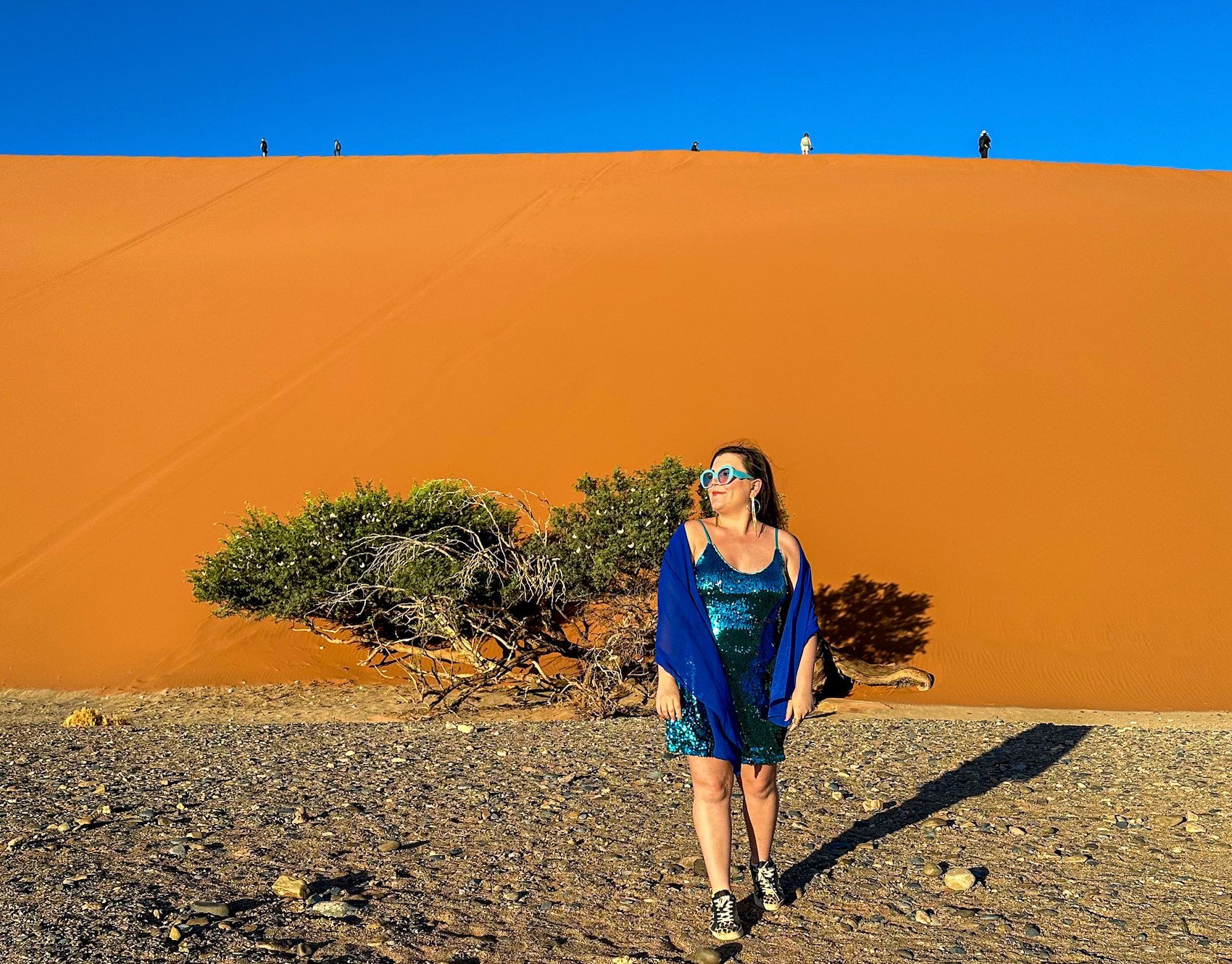
Photo by Kaitlyn Rosati
Sossusvlei, Namibia
Sometimes, those long, treacherous journeys to remote parts of the world pay off in big ways, and there are fewer better examples than Sossusvlei. Located in the southern Namib Desert, Sossusvlei is well-known for its massive sand dunes. There, you can channel your inner Paul Atreides and scale “Big Daddy Dune,” the tallest dune in the area at over 1,000 feet tall. For something a little easier, go for “Big Mama Dune” at 650 feet, or “Dune 45,” which is promptly named for being located at the 45th kilometer of the road connecting Sosussvlei and the main gate to get into Namib-Naukluft National Park..
Its desert location makes Sossusvlei an outstanding destination for camping, stargazing, and dark sky tourism. Since getting to Sossusvlei poses its challenges, your best bet to properly explore the area is to make a road trip out of it. You’ll also want to visit nearby Deadvlei, Sesriem Canyon, Walvis Bay, and Swakopmund.
Where to stay: If you want to experience the luxurious side of glamping in the Namib Desert, andBeyond Sossusvlei Desert Lodge is tough to beat. This five-star luxury resort is ideal for stargazing, as it’s fully equipped with a Celestron telescope in its designated observatory. To beat the sweltering Namibian sun after a long day of hiking, you’ll want to check out the resort’s pool. —KR
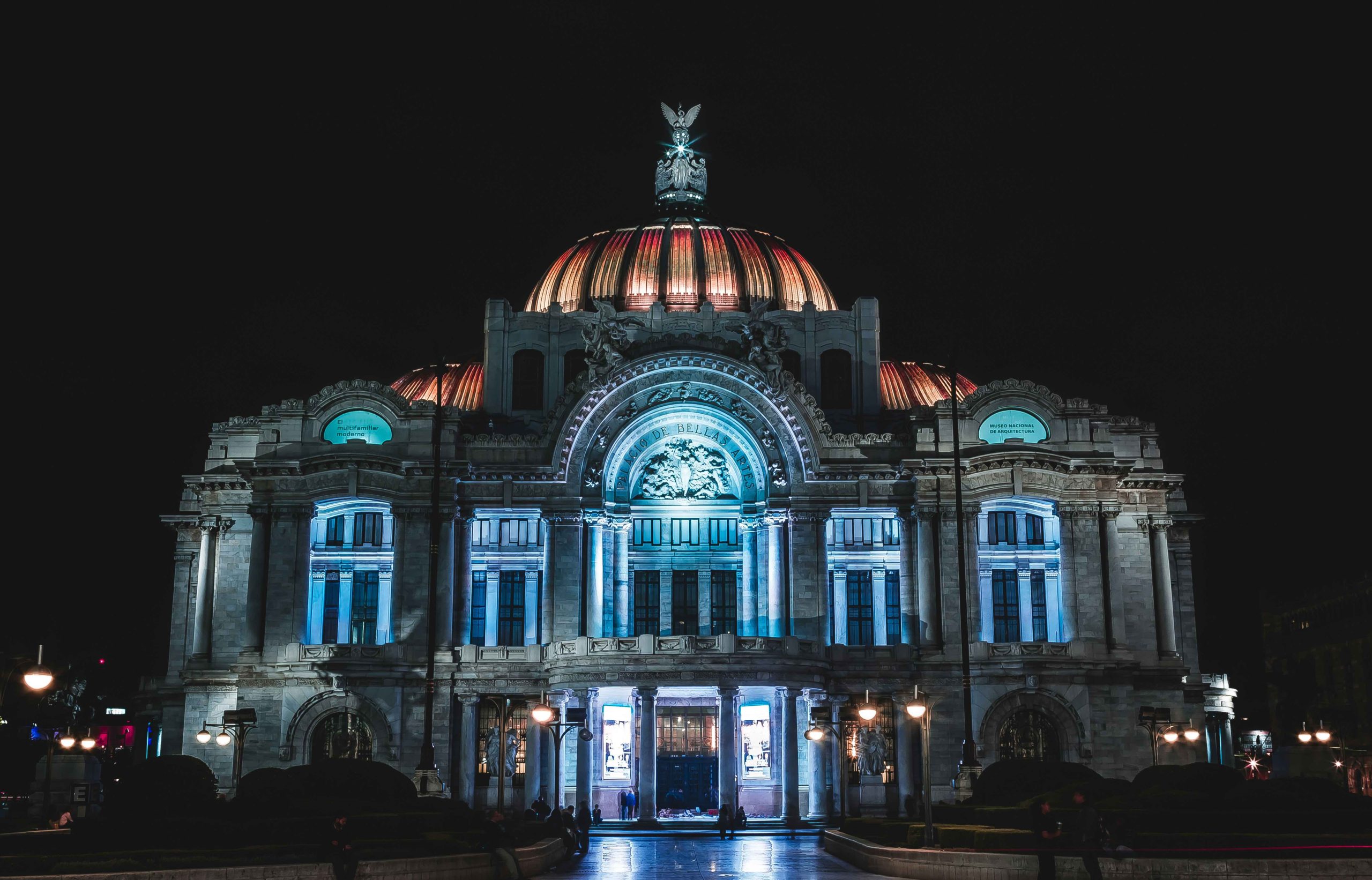
Photo by Luis Domínguez on Unsplash
Mexico City
A true foodie’s paradise, if you haven’t been to Mexico City, make sure 2025 is the year you change that. While you could easily spend months here and not run out of things to do, there are a few must-sees, must-dos, and must-eats for shorter visits.
For a quick snack, head to Panaderia Rosetta for its viral guava pastry, which, yes, is worth the hype with its flakey crust and sweet jammy center. The churros from Churreria el Moro are another great, affordable snack. For an unpretentious local meal, swing by Mercado Coyoacán, where you can eat your way through the many stalls. Mexico City has plenty of museums, but two of the best are Chapultepec Castle, which is a UNESCO World Heritage Site, and the Frida Kahlo Museum. (You’ll want to book a ticket before you visit.)
For cocktails, head to female-led Brujas, a cocktail bar that focuses on Mexican herbalism and folkloric traditions. Cafe Tacobar, as its name suggests, offers street-style tacos and top-notch cocktails. For dinner, Pujol is famous for a reason, but if you want something that flies a little further under the radar, head to PEPE and order the pan con tomate with crab.
Where to stay: To mirror its strong food scene, Mexico City is full of some world-class hotels. Kimpton Virgilio in the Polanco District is a chic property with a rooftop bar and pool, adorned throughout with lush, green plants, giving you a slice of wellness and relaxation at the end of your jam-packed days. —KR
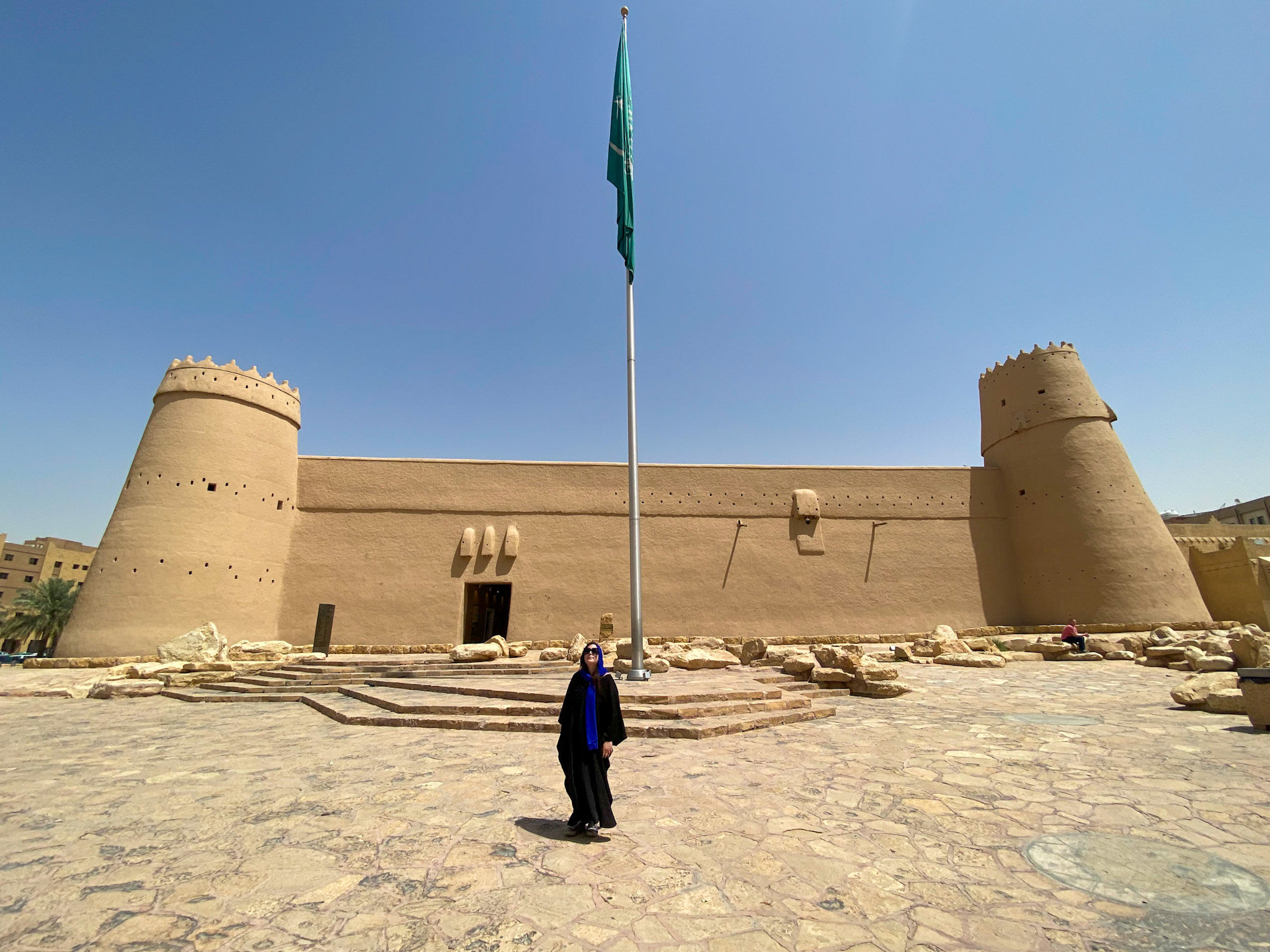
Photo by Kaitlyn Rosati
Riyadh, Saudi Arabia
Saudi Arabia used to be a mysterious destination for travelers, with travel visas being very difficult to obtain. However, in recent years, the government has taken numerous steps to increase tourism for economic and social purposes. By late 2019, Saudi Arabia finally started issuing e-Visas and visas on arrival for nationals of over 50 countries, the United States included.
Wanting to take advantage of the new visa policy, I booked a solo trip to Riyadh, Saudi Arabia (for context, I am an American woman). While safety is subjective, I would rank my solo venture to Riyadh in the top 10 safest places I’ve ever been. I fell in love with the country’s rich history, and was able to dive in deep at The National Museum and Al Masmak Palace Museum. I wandered Masmak Fortress, shopped at Souk al Zal, and ate local dishes like leben and kabsa.
If you want to venture just outside of Riyadh, head to “Edge of the World,” a cliff in the Tuwaiq Mountains that offers two hikes: one lasting 30 minutes and the other lasting three hours.
Where to stay: Speaking of top attractions in Riyadh, the Kingdom Center is a 41-story tower, making it the tallest in the entire country. Make your visit to Saudi Arabia even more iconic by staying at the Four Seasons Hotel Riyadh at Kingdom Centre to be right in the heart, and on top, of the city. —KR
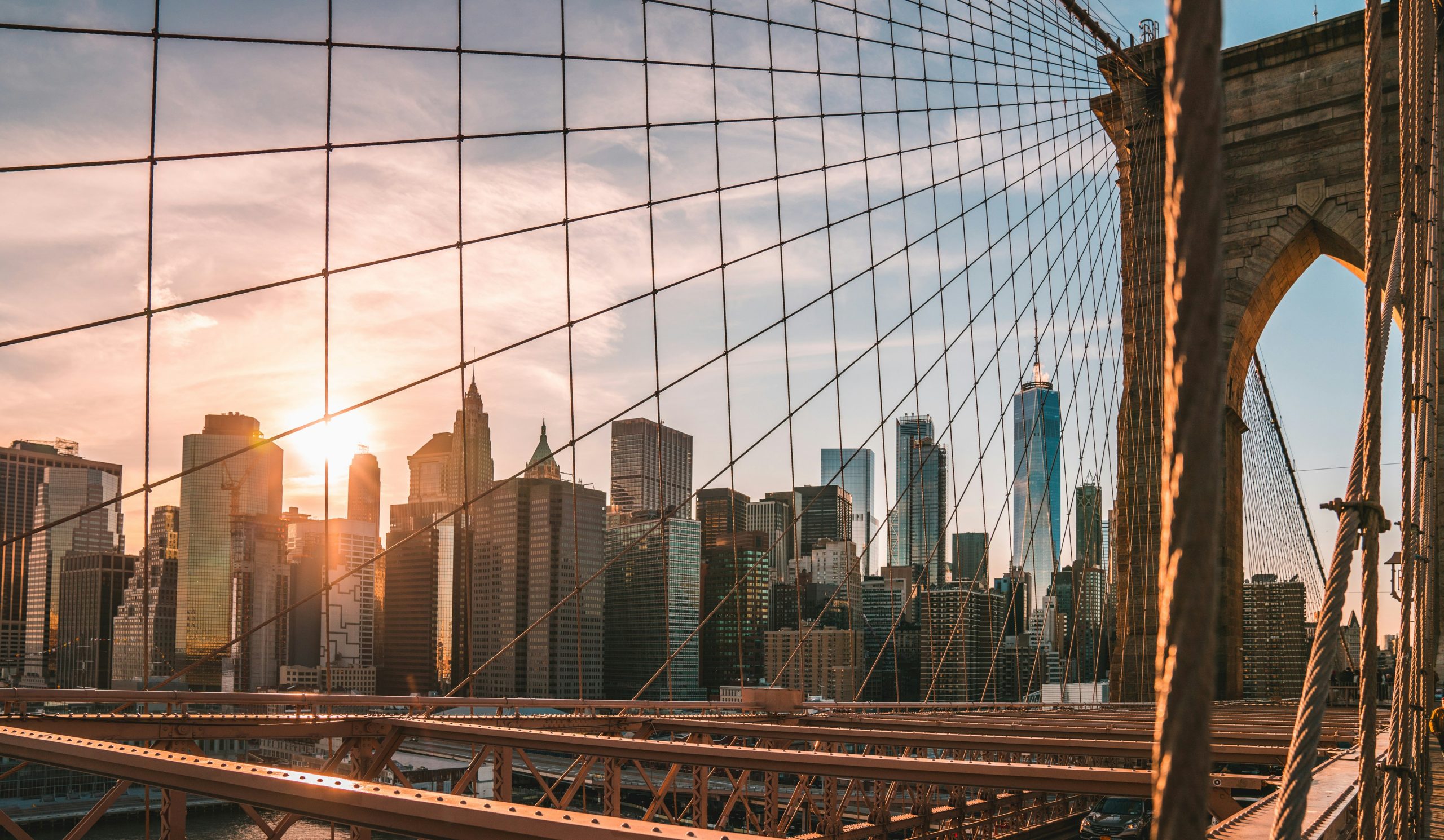
Photo by Colton Duke on Unsplash
New York City
You’ve seen her in the movies, you’ve read about her in books, and if you’re American, there’s a good chance your ancestors used her as a gateway to enter the country. So what on earth is stopping you from finally visiting?
While Central Park, Times Square, and Rockefeller Center are all worth seeing, if you want to get to the true nit and grit of New York City, head to the outer boroughs. Queens’ Jackson Heights neighborhood is one of the most diverse in the country, with over 160 languages spoken. The nabe’s cuisine is the kind of eclectic melting pot that foodie dreams are made of: Go for some Colombian arepas from Arepa Lady, Nepalese momos from Nepali Bhanchha Ghar, and massive masala dosas from Dosa Delight. Little Italy in Manhattan has become an overpriced and inauthentic tourist trap, so head up to the Bronx’s Little Italy instead, where you can try some fresh mozzarella from Casa Della Mozzarella, and a nearly 100-year old family-owned pasta joint at Borgatti’s Ravioli and Egg Noodles.
Brooklyn isn’t to be overlooked either; Greenpoint is home to “Little Poland,” Brighton Beach is a quick transport to Eastern Europe (specifically Russia and Ukraine), and Flatbush, also known as “Little Caribbean,” has the best beef patties outside of Jamaica.
Where to stay: While exploring all of New York’s unique neighborhoods is part of its charm, you’ll still want to base yourself in a central location to have easy access to the subway system. Tempo by Hilton New York Times Square will give you those ubiquitous bright city lights with quick access to just about every major subway line. Start your days off on a Peloton, which some rooms are equipped with, and end your day with a cocktail or mocktail at Highball, with expansive views of the lights of Times Square. —KR
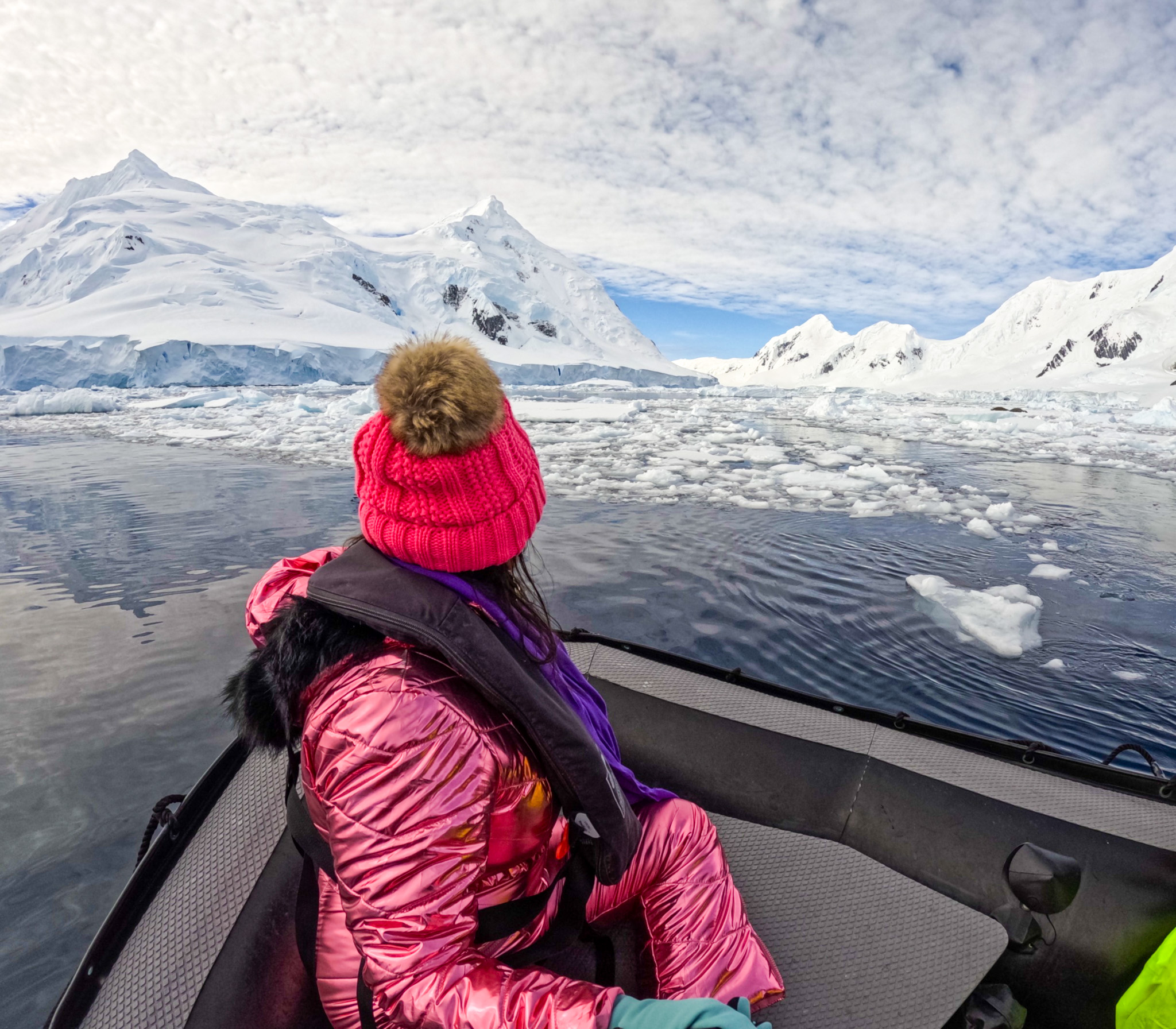
Photo by Kaitlyn Rosati
Antarctica
As travelers hunger for more unique experiences, Antarctica is finally getting the tourism clout it rightfully deserves. This is a “you have to see it to believe it” type of destination. The landscape is incredibly rugged, and getting to experience its sheer beauty feels like viewing the last untouched remnant of Earth—there’s no infrastructure outside of the research stations.
Antarctica is an adventure and nature lover’s haven—tourism season only runs from early November until late March, but the earlier in that window you go, the higher chance you’ll have of seeing unique wildlife, like penguins, seals, orcas, and plenty of birds. An adventure to Antarctica can include anything from polar plunging, kayaking, cross-country skiing, hiking (which sometimes leads to penguin colonies), and even mailing a postcard from the “Penguin Post Office” on Gouldier Island.
Where to stay: There are no official hotels on the continent of Antarctica, and the best way to experience the seventh continent is to take an expedition ship. The company you choose to go with will seriously affect the quality of your trip. While some of the most popular stopping points are near the northern tip of the continent, National Geographic-Lindblad Expeditions safely pushes the envelope to visit much more remote destinations. This is a combined effort of the naturalists and scientists onboard, and also due to the ship itself. The National Geographic Resolution is an ice-class Polar Class 5 (PC5) vessel, allowing for smooth sailing far below the Antarctic Circle, to parts of the continent that few have ever visited. For example, during my expedition we were the only passenger ship below the Antarctic Circle, and we visited spots like Marguerite Bay and Jenny Island, two locales where there is minimal history of tourism. —KR
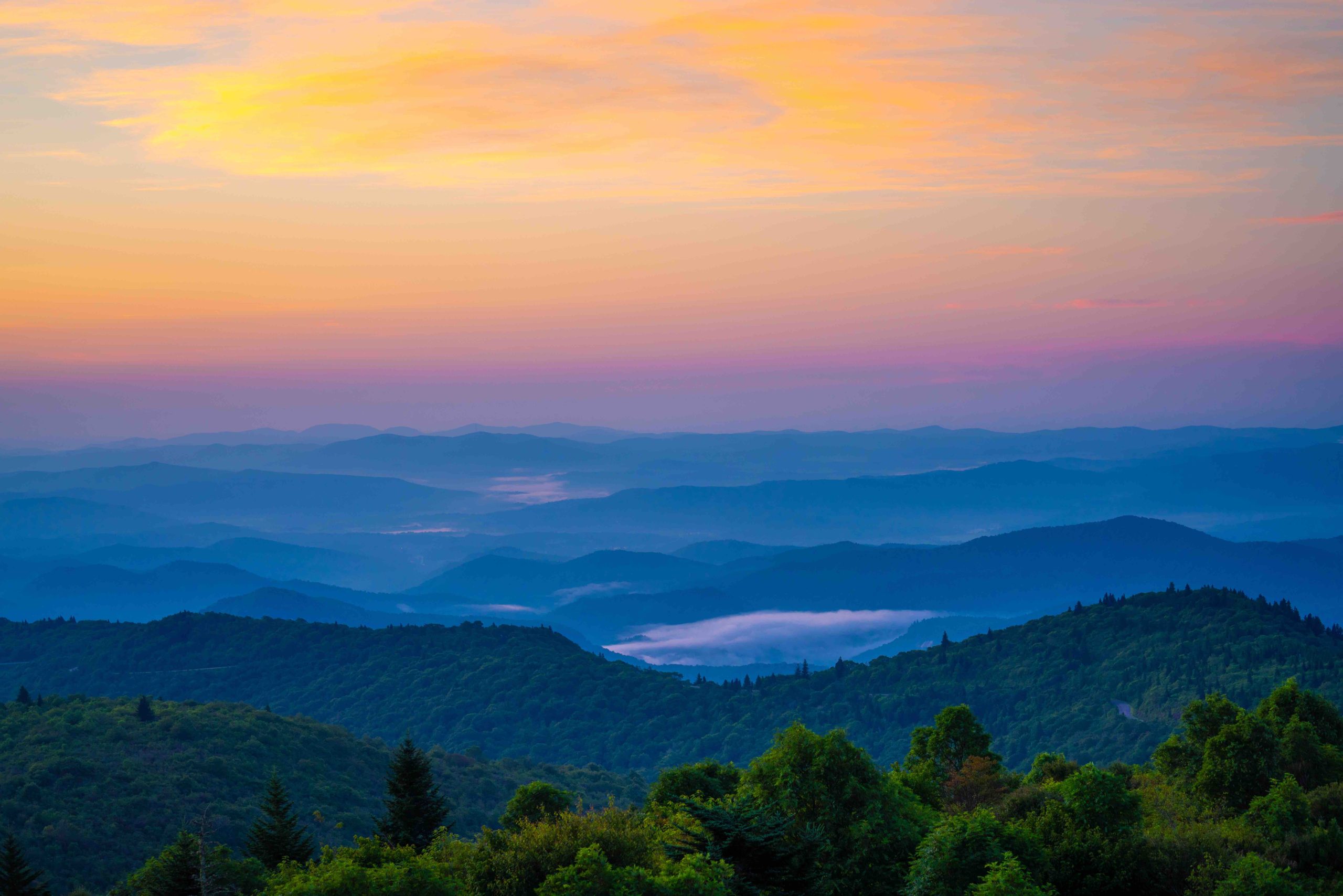
Photo via Explore Ashville
Asheville, North Carolina
The jewel of the Appalachian Mountains, Asheville is cherished for breathtaking scenery, epicurean elan, and historical charm. Hurricane Helene struck Asheville last September, but the city is once again buzzing with live music, world-class breweries, and quirky mountain-town spirit.
Asheville is one of the South’s most storied music cities, where on any given night, live bluegrass, indie rock, and jazz animate its many bars and theaters. For an unforgettable show, head to The Orange Peel, an iconic venue near the historic Biltmore Estate that has hosted everyone from Appalachian string bands to mega-acts like the Black Keys and the Smashing Pumpkins. Before the music starts, spend a leisurely afternoon at one of Asheville’s breweries, such as Burial, Wicked Weed, or Highland Brewing. Asheville boasts the second-highest number of breweries per capita of any city in America. (Portland, Oregon holds the top honors.)
Great Smoky Mountains National Park, the most-visited national park in the U.S., is just an hour’s drive from Asheville. If you need a reset after camping or hiking in the Smokies, spend an evening rejuvenating in the cold plunges, saunas, and steam baths at Sauna House in Asheville.
Where to Stay: The Flat Iron Hotel in downtown Asheville is a Beaux-Arts belle built in 1926. The hotel is within walking distance of South Slope, Asheville’s brewery epicenter, and the River Arts District, a nabe brimming with art galleries and craft shops. The Flatiron Hotel’s restaurant, Luminosa, crafts soulful Italian cuisine with a mountain twang—think pastas and risottos with Appalachian ingredients like ham hocks, creamer peas, and ramps. —JM
Regensburg, Germany
Roman soldiers established Regensburg as a fortress on the Danube River around 179 AD, making it Germany’s second-oldest city. Unlike many historic German towns, Regensburg emerged from World War II largely unscathed, preserving its fairy-tale medieval architecture in remarkable detail.
Founded in 1146, Wurstkuchl is the oldest continuously operating restaurant in the world. Their charcoal-grilled Bavarian sausages, oven-fresh rolls, and locally brewed beer—delicacies paired with views of the Danube—are so delightful that I can only hope for another thousand years of brisk business. With a belly full of beer and sausage, lose yourself in Regensburg’s labyrinth of cobblestone streets and marvel at the Porta Praetoria, a second-century Roman gate that once guarded the fortress built by Caesar’s legions. The small-but-mighty Historisches Museum chronicles Regensburg’s Roman history with displays of armor, weapons, and coins. For a memorable souvenir, stop by Bürstenmanufaktur Ernst—a shop as charming as it is difficult to pronounce. Run by the same family for generations, it sells artisan brushes, beauty products, and whimsical knick-knacks.
Where to Stay: Hotel Elaya is an elegant boutique hotel on Maximilianstraße, a street within a quick walk of Regensburg’s historic core and the Danube River. Rooms are comfy and offer sweeping views of the city’s medieval skyline. No matter how hungover you are from the biergartens, don’t skip breakfast—a spread of German charcuterie, muesli, fresh bread and espresso. —JM
Vienna, Austria
Long one of Europe’s great intellectual and artistic hubs, the former Habsburg capital evokes pinky-raised refinements like opera, chamber music, and masquerade balls. But it also knows how to let its hair down—especially after dark. This is also the city that inspired the film Eyes Wide Shut, and Dr. Freud and his colleagues were as enthusiastic about South American stimulants as ’80s rock stars.
A melting pot of the flavors of Hungary, Poland, Germany, and the farthest reaches of the Habsburg Empire, Viennese cuisine is a treasure. Plachutta is a cherished institution for tafelspitz—beef simmered with herbs and served with horseradish, potatoes, and applesauce. Pair the hearty stew with a pour of Wiener Gemischter Satz, a refreshing white wine made from a blend of Austrian grapes. For a more contemporary twist, Reznicek—a restaurant that wouldn’t feel out of place in Bushwick or Silver Lake—reinvents classic Viennese fare with nods to Italy, France, and beyond. After a dessert of fried nougat dumplings, indulge in a lagniappe of Austrian chocolates and loose cigarettes dispensed from a wooden cuckoo bird.
For historical sightseeing, start at the Imperial Crypt, where the Habsburgs rest in eternity within iron tombs as ornate as their palatial facades. Then, wander the Kunsthistorisches Museum, a cathedral of European art, where masterpieces by Hieronymus Bosch, Pieter Bruegel the Elder, and Titian adorn the walls. As evening descends over the imperial city, immerse yourself in chamber music at the Wiener Konzerthaus, where the melodies of Mozart and Schubert still linger in the air. Afterwards, loosen your collar and slip into Vienna’s exceptional cocktail scene. Stand-outs include Loos American Bar and Bar Pani.
Where to Stay: Hotel Zur Wiener Staatsoper is a charming boutique hotel in Vienna’s First District, just a short stroll from the Opera House, Hofburg Palace, and a slew of museums, restaurants, and cafés. With only a handful of rooms, the service is impeccable, offering a warm, personalized touch. As a bonus, the front desk keeps a stash of excellent Viennese wines on hand. —JM
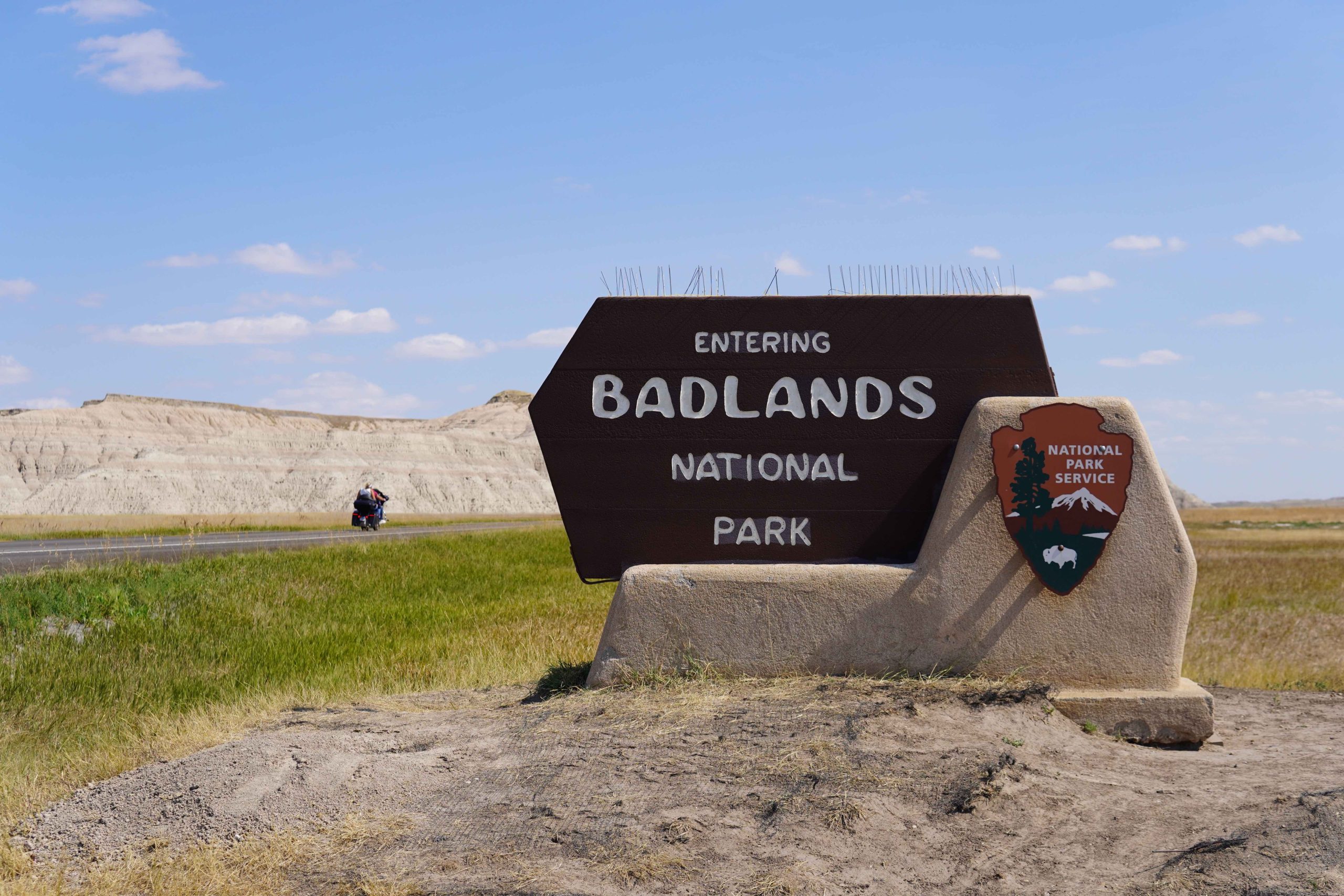
Photo by Johnny Motley
The Black Hills, South Dakota
South Dakota is home to iconic national parks like Mount Rushmore, Badlands National Park, and Wind Cave. The Black Hills, with their rolling grasslands, Ponderosa pine forests, and rugged canyons, are holy land for the Sioux Nation, whose culture still permeates the region.
Rapid City, the largest settlement in the Black Hills, welcomes visitors with Midwestern hospitality, stately architecture, and a thriving craft beer scene. For a laid-back evening, head to Firehouse Brewing Company for hoppy flights, hearty burgers, and easy camaraderie with the local cast of characters. If cocktails are more your speed, Windsor Block Bar is a wood-and-brick temple of mixology, boasting one of the Midwest’s most impressive whiskey libraries. After a big night out, lick your wounds at Tally’s Silver Spoon, an all-American diner renowned for revivifying breakfasts that will have you ready to take on another day in the Black Hills.
No trip to the Black Hills is complete without a visit to Deadwood—once one of the wildest outposts of the Old West—and a lazy drive along the majestic Spearfish Canyon Scenic Byway. With looping, near-empty roads slicing through canyons, prairies, and mountains, the Black Hills are the Promised Land for motorcyclists. Each year in August, the tiny town of Sturgis hosts the world’s largest motorcycle rally, a festival rivaling Coachella or Bonnaroo in scale and energy. Even if you’re not a biker, the Sturgis Rally promises rollicking fun with all-night revelry and big-name hard rock and metal acts.
Where to Stay: If you’re in town for the Sturgis Rally, reserve a tent at Camp Easy Ride. While the campgrounds’ spirit is bacchanalian, the tents are comfortable—complete with deluxe air mattress, fans, and charging stations. Camp Easy Ride also has a kitchen station and offers fresh coffee in the morning. For more traditional lodging, The Rushmore Hotel is a quick drive from Rapid City and the Black Hills’ national parks. —JM
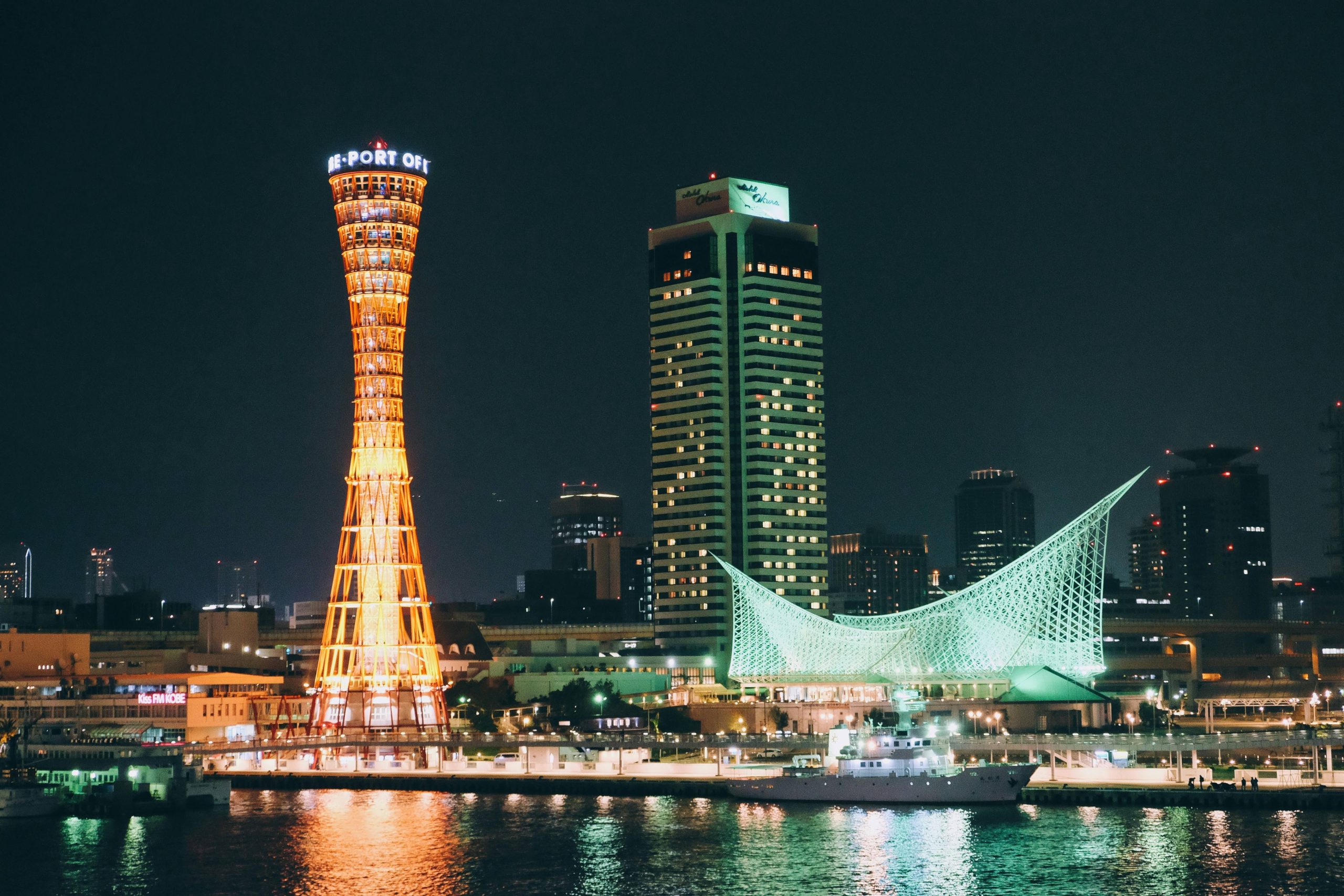
Photo by note thanun on Unsplash
Kobe, Japan
Gourmets the world over salivate at the mention of Kobe beef, but exquisitely marbled steaks are only a fraction of the city’s sophisticated cuisine. Kobe was one of the few Japanese ports open to foreign merchants during the 19th-century Shogunate, and this cosmopolitan past imbues its cuisine with influences from China, France, Portugal, and beyond. Stroll Kobe’s lively streets to find century-old bakeries selling European- and Chinese-inspired pastries infused with distinctive Japanese ingredients like matcha and yuzu. For a tour-de-force of Kobe gastronomy, book a table at Matsunoya, a Michelin-Starred restaurant serving small, seasonally driven dishes within a dining room framed by Zen gardens.
A twenty-minute taxi ride from Kobe takes you to the hot springs town of Arima Onsen, a retreat patronized in past centuries by samurai, poets, and royalty. While renowned hot springs grace Japan from Hokkaido to Okinawa, Arima is unique in that its geothermal waters do not originate from volcanic activity. Instead, the mineral-rich waters gurgle forth from seawater pressurized by converging tectonic plates. You’ll find two types of onsen waters in Arima, each conferring distinct health benefits: kinsen, golden onsens, and ginsen, silver onsens. The luxurious suites at Tocen Goshobo, an opulent ryokan in Arima, offer both types.
Where to Stay: Kobe Kitano Hotel marries European elegance with omotenashi—the Japanese ideal of impeccable hospitality. In a nod to Kobe’s deep cultural ties to Europe, the hotel’s decor and artwork brings to mind a Victorian gentleman’s drawing room. Onsite Restaurant Ash serves Kobe’s traditional fish and beef prepared with masterful French technique. —JM
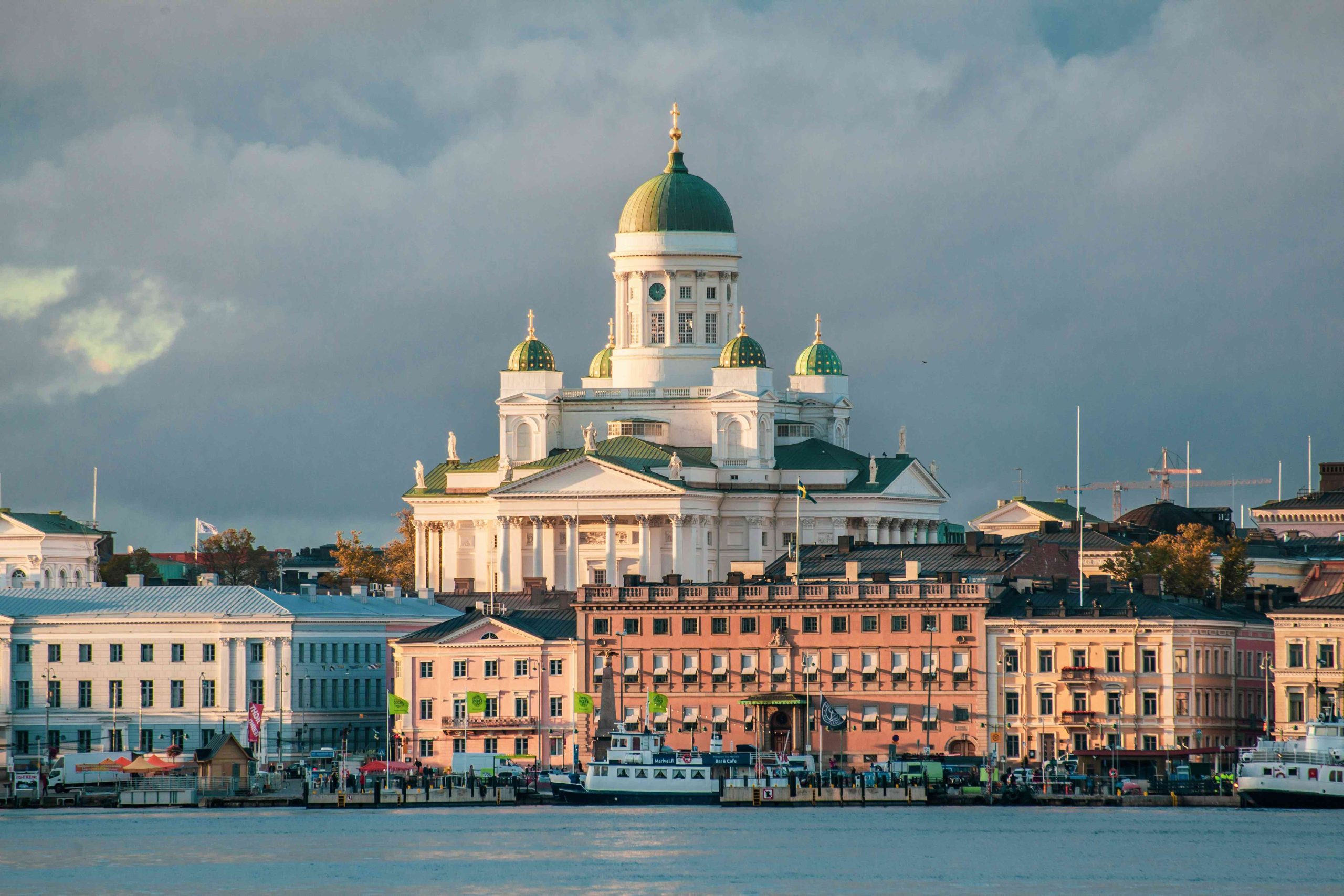
Photo by Tapio Haaja on Unsplash
Helsinki, Finland
Crank up your metal playlist, pack your sauna cap, and brace your liver—Helsinki, that brooding beauty on the Baltic, awaits. Once a remote eastern outpost of the Swedish Empire, Finland’s capital is as beautiful as it is laid-back and effortlessly cool.
UNESCO recognizes Finnish sauna culture as part of Humanity’s Intangible Heritage, and Helsinki’s public saunas offer not just a healthy, restorative escape but a glimpse into the Finnish soul. SampoSauna is something between a spa and an anarchist commune. Built by two friends who salvaged an old sauna oven they discovered while hiking, SampoSauana does not charge any entrance fee. Guests sweat it out in ramshackle yet scorching-hot saunas before plunging into the frigid waters of the Baltic Sea. At the other end of the spectrum, USVA, a spa within the NH Collection Hotel, offers a sauna experience fit for royalty. After a steamy soak and a rejuvenating dip in cold baths, guests unwind with Nordic herbal tea, artisanal cheese, fresh jams, and pickled fish.
The Room, led by Kurdish chef Kozeen Shiwan, earned a Michelin Star just a few months after opening—an astonishing feat in the culinary world. The menu flows with the seasons, and Shiwan has a penchant for gilding ingredients with edible gold. Restaurant Skord embraces radical localism, sourcing every ingredient, except for salt, from Finland. In place of citrus and black pepper, the kitchen relies on foraged herbs and wildflowers, while wines are crafted from lingonberries and blueberries.
Where to Stay: Solo Sokos Hotel Pier 4 is within a quick walk of the Helsinki Design District and Allas Pool, a quintessential Helsinki sauna complex patronized by both locals and tourists. The hotel’s design blends the clean lines and exposed wood of Finnish aesthetics with avant-garde flair. While there, you can enjoy breakfasts of fresh bread, pickled fish, and wild berry jams while gazing into the Baltic. —JM
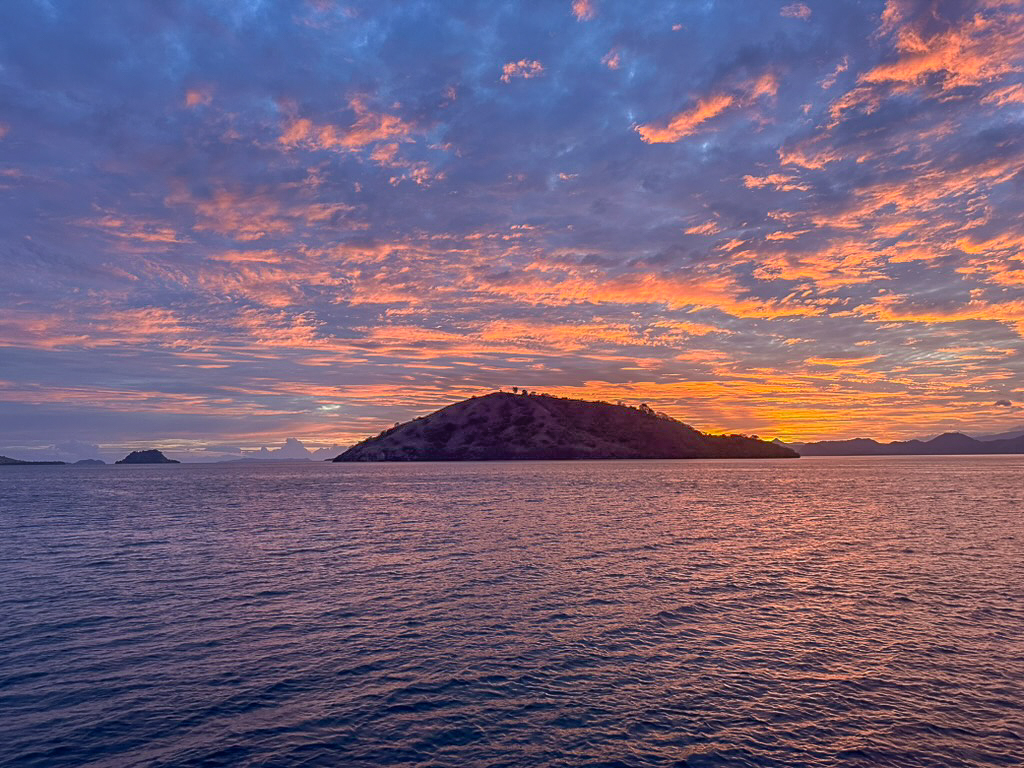
Photo by Johnny Motley
Komodo, Indonesia
Indonesia consists of more than seventeen thousand islands, and the nation’s diversity of ecology, religions, and languages boggles the mind. The hidden gems lie east of the Wallace Line, far from the resorts and tourist-laden beaches of Bali. Komodo’s eponymous dragons are the island’s most well-known fauna, and Komodo National Park is also home to Timor deer, water buffalo, and a kaleidoscopic array of birds. The creatures under the waves are just as captivating. Slip on a snorkel and flippers and marvel at manta rays, sea turtles, and fish with colors as vivid as batik textiles, the traditional hand-dyed fabric of Indonesia.
Unlike Bali or Lombok, much of Komodo remains protected, untouched, and blissfully uncrowded. Beaches and hidden coves feel like private paradises. After a lunch of grilled fish laced with fiery sambal and fragrant Indonesian spices, spend a leisurely afternoon surrounded only by cerulean waters, soft sand, and swaying palms. Komodo is free of light pollution, and the night sky twinkles with stars as numerous as the nocturnal lights of Jakarta.
Where to Stay: The ideal way to relish Komodo’s surreal scenery is by ship, and SeaTrek Sailing Adventures offers an unforgettable Indonesian island-hopping experience.. SeaTrek’s ships are called pisini, traditional wooden watercraft that once powered Indonesia’s lucrative spice trade. While pisini are an ancient style of ship, those accustomed to modern luxury will feel right at home with SeaTrek. Guests stay in mahogany-trimmed cabins as plush as boutique hotel rooms and enjoy scrumptious meals, and a bar stocked with Indonesian and international spirits.
While SeaTrek offers itineraries all across eastern Indonesia, the Remote Ring of Fire, a 10-day route, highlights Komodo along with nearby Flores and Alor islands. During the cruise, expect daily activities like snorkeling expeditions, hikes among Komodo dragons, and after-dinner lectures on Indonesian history and ecology. —JM
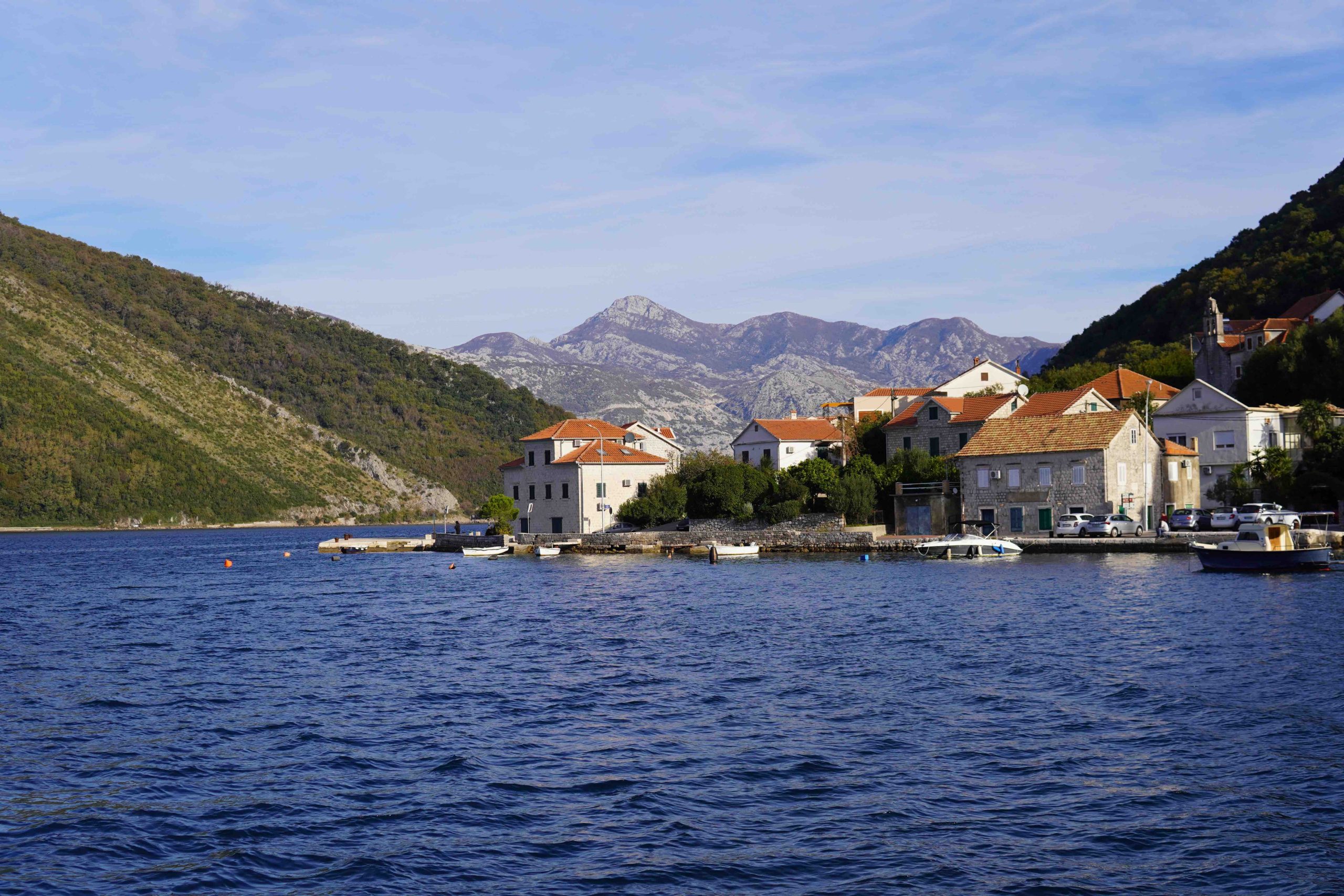
Photo by Johnny Motley
Kotor, Montenegro
An Adriatic haven of dazzling beaches and charming villages, the Montenegrin coast has long been a playground for the glitterati. Ancient Illyrian tribes founded Kotor, a walled seaside fortress, but Venetians, Ottomans, Romans, and countless others have left their mark on this Adriatic city. Today, Kotor’s Old Town, a UNESCO World Heritage Site, enchants visitors with its labyrinth of narrow streets framed by weathered limestone buildings. After a cup of jet-fuel-like Montenegrin coffee, spend the morning climbing the city’s ramparts for panoramic views before visiting St. Tryphon’s Cathedral, a Romanesque masterpiece dating back to 809 C.E. For lunch, savor fresh seafood crudo, paired with a glass of Vranac, Montenegro’s velvety flagship red wine. In the afternoon, explore Kotor Bay with Captain Ivan, a renowned local fisherman and guide.
Beyond the Mediterranean dolce vita of fresh seafood, exquisite wine, and luxurious seaside hotels, Montenegro is one of Europe’s premier destinations for hiking and outdoor adventure. Just an hour inland from Kotor, Lake Skadar National Park is a serene refuge for kayaking, birdwatching, and hiking. For a change of pace, consider a day trip to Podgorica, Montenegro’s capital, where excellent wine bars and restaurants cost a fraction of the price as those on the coast.
Where to Stay: Favored by Europe’s wealthy, famous, and beautiful, The One&Only Portonovi is one of the most opulent resorts in the Mediterranean. The town of Portonovi lies about an hour up the coast from Kotor, and the drive along the bay is mesmerizing. The One&Only boasts three gourmet restaurants on the property, along with sun-drenched swimming pools and an Olympic gym. If you choose to stay overnight in Podgorica, Oblun Eco Resort offers glamping accommodations in luxurious tents perched above Lake Skadar National Park. —JM
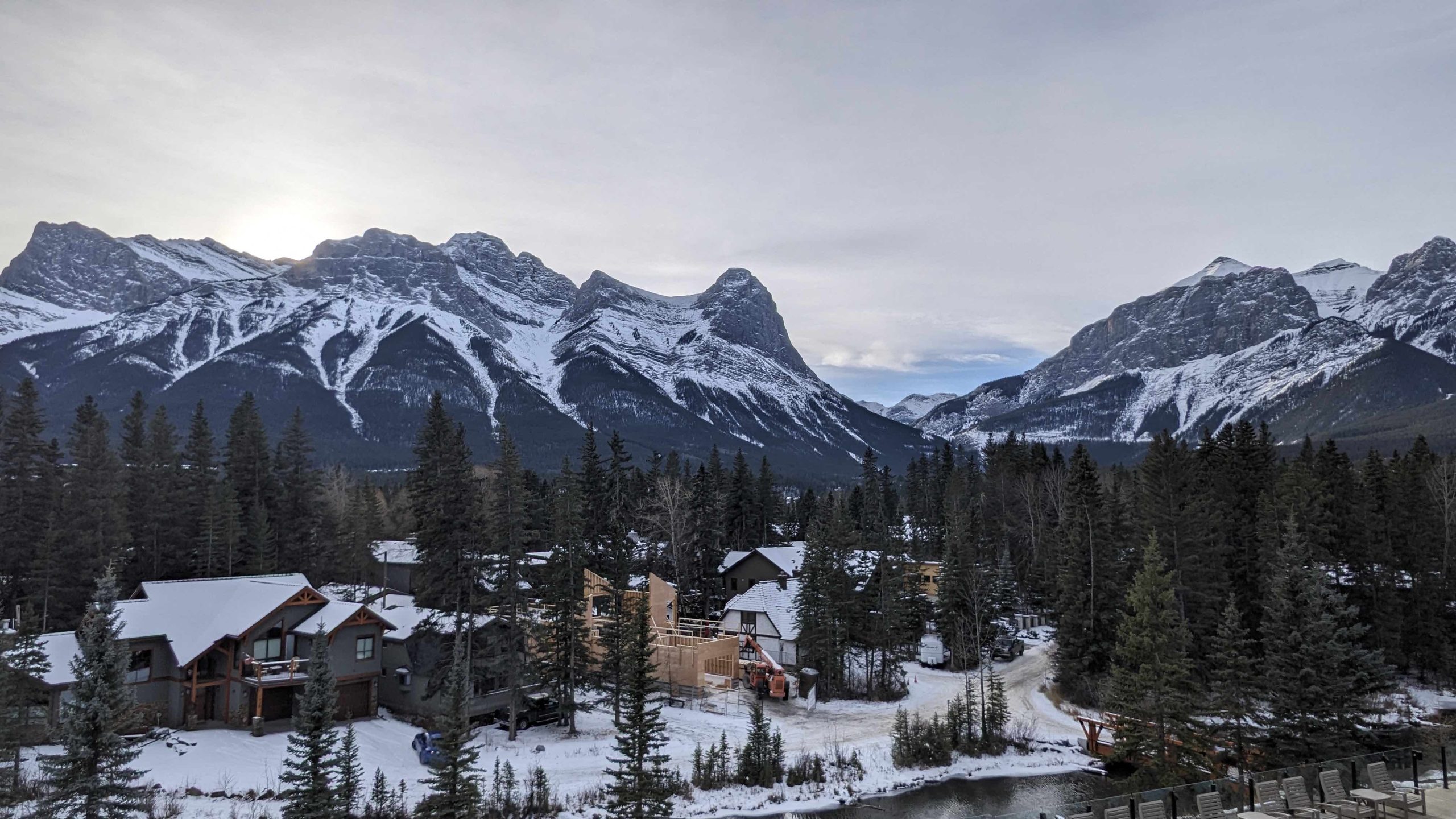
Photo by Brandon Withrow
Canmore, Canada
If you’re looking for a picturesque mountain town, Canmore is right up your alley. This outdoor playground in Alberta is where you go if you want to hike, snowshoe, ski, mountain bike, go for a paddle, see unspoiled night skies, relax at a wellness retreat, or just enjoy some fantastic cuisine with inspiring views of the jaw-dropping Canadian Rockies. Canmore is also a short drive to Banff National Park, a must-see stop for any nature lover.
Where to Stay: The Malcolm Hotel has prime views of the mountains and comfortable rooms. There’s also a rooftop heated pool and two hot tubs, if you’re looking to thaw out after a brisk day exploring Banff. It is a quiet, modern space that’s just a short walk to everything downtown. —BW
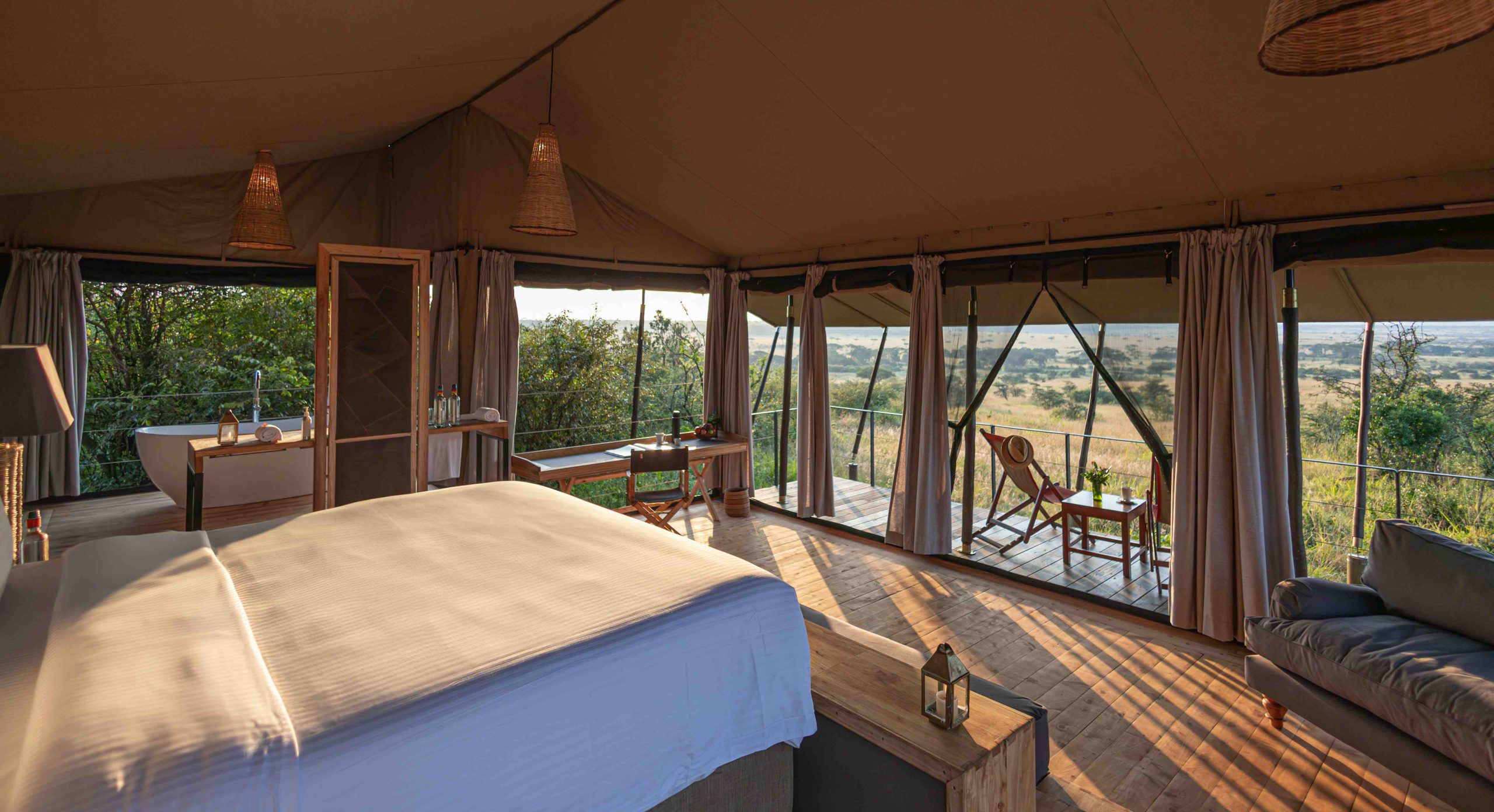
Photo courtesy of Saruni Basecamp
Masai Mara National Reserve, Kenya
The world is full of amazing safari opportunities, but it is really hard to beat the surreal encounters of the Masai Mara National Reserve in Kenya. The Mara is the land of the Maasai people, who have called this place home for centuries and lived alongside lions, cougars, and leopards. In recent decades, the Maasai have altered their approach to their land, becoming conservationists and the Mara’s protectors, with many working as rangers and safari guides.
Where to Stay: If you’re going to be in the Masai Mara, we recommend staying at Saruni Leopard Hill or Saruni Eagle View. You’ll not only have the best luxury tent glamping experiences possible, Maasai guides will make sure you’ll safely experience the region’s wildlife up close. Accommodations provide private views of wildlife stopping at watering holes a short ways away, and ensuite bathrooms. Leopard Hill’s skylight also gives you a star-filled night sky above your bed. —BW
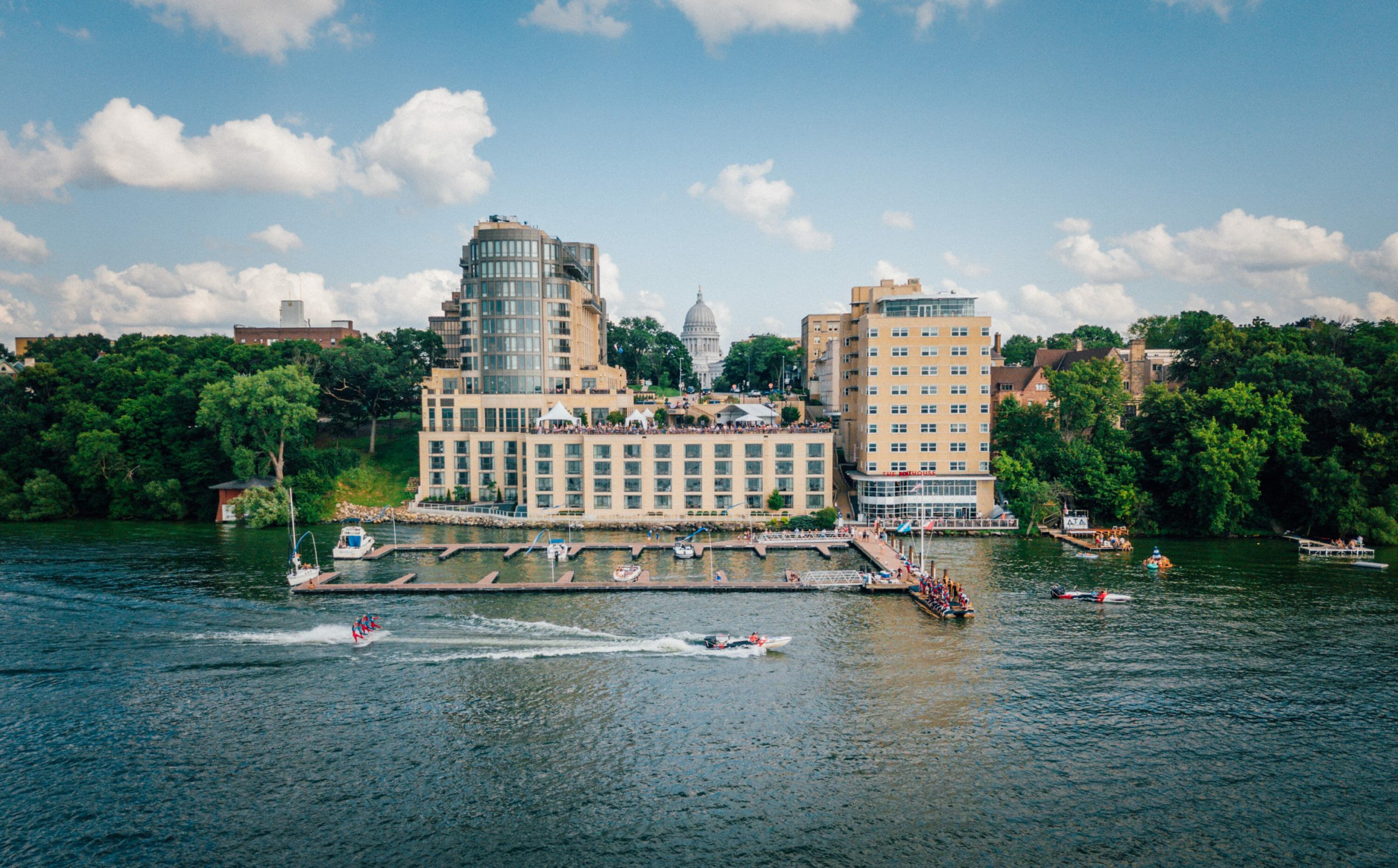
Photo via The Edgewater Hotel
Madison, Wisconsin
Affectionately known as the “City Between Two Lakes,” Madison rests on an isthmus squeezed between the beautiful and large Lakes Monona and Mendota. It’s is easy to navigate and an underrated gem for foodies and cocktail lovers. Get dinner at the popular Grandpa’s Pizzeria in the quirky Willy Street Neighborhood and stop by Gib’s Bar next door afterward for craft cocktails. In late spring or summer, make a point to visit Olbrich Botanical Gardens to see the Royal Thai Pavilion, a gift from the government of Thailand.
Where to Stay: If you want an expansive lake view with easy access to the city, check into The Edgewater, which has a long history of hosting celebrities and is within walking distance of most downtown attractions. Come winter, there’s an onsite ice skating rink and fire pits. During the warmer season, expect weekly live music and plenty of opportunities to wine and dine alongside pristine lake waters. The city’s e-bikes help extend your access by using the city’s extensive dedicated trails and bike lanes. —BW
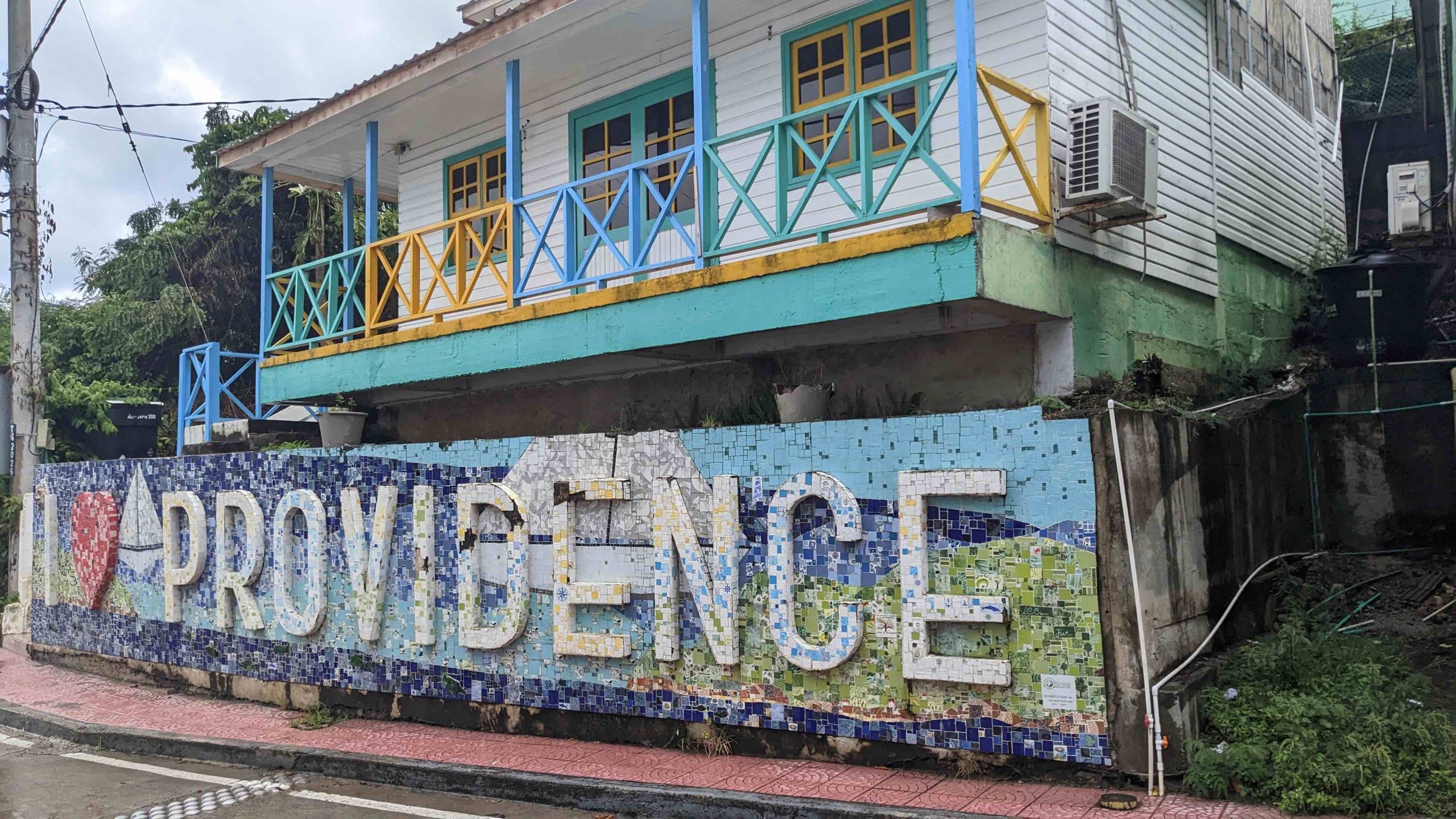
Photo by Brandon Withrow
Isla de Providencia, Colombia
There is no shortage of places to visit in the Caribbean, but the Colombian island of Providencia is truly one of the region’s last hidden gems. This welcoming, colorful, and unforgettable island was once a hideout for the real-life Captain Morgan, and has long been an appealing destination for those who love beaches and snorkeling. In 2020, Hurricane Iota devastated the island, wiping out 98 percent of its infrastructure. With the help of tourism, residents have made loads of progress toward restoring the island, along with the mangroves that help to protect their shores against storms.
Where to Stay: Getting to Isla de Providencia usually means starting nearby on the island of San Andrés and taking a catamaran. South West Bay Cabanas provides an unpretentious and relaxed stay with easy access to beaches and a lush onsite garden. When you walk down the streets and smell the local restaurant food in that fresh Caribbean air, you won’t regret the extra travel time. —BW
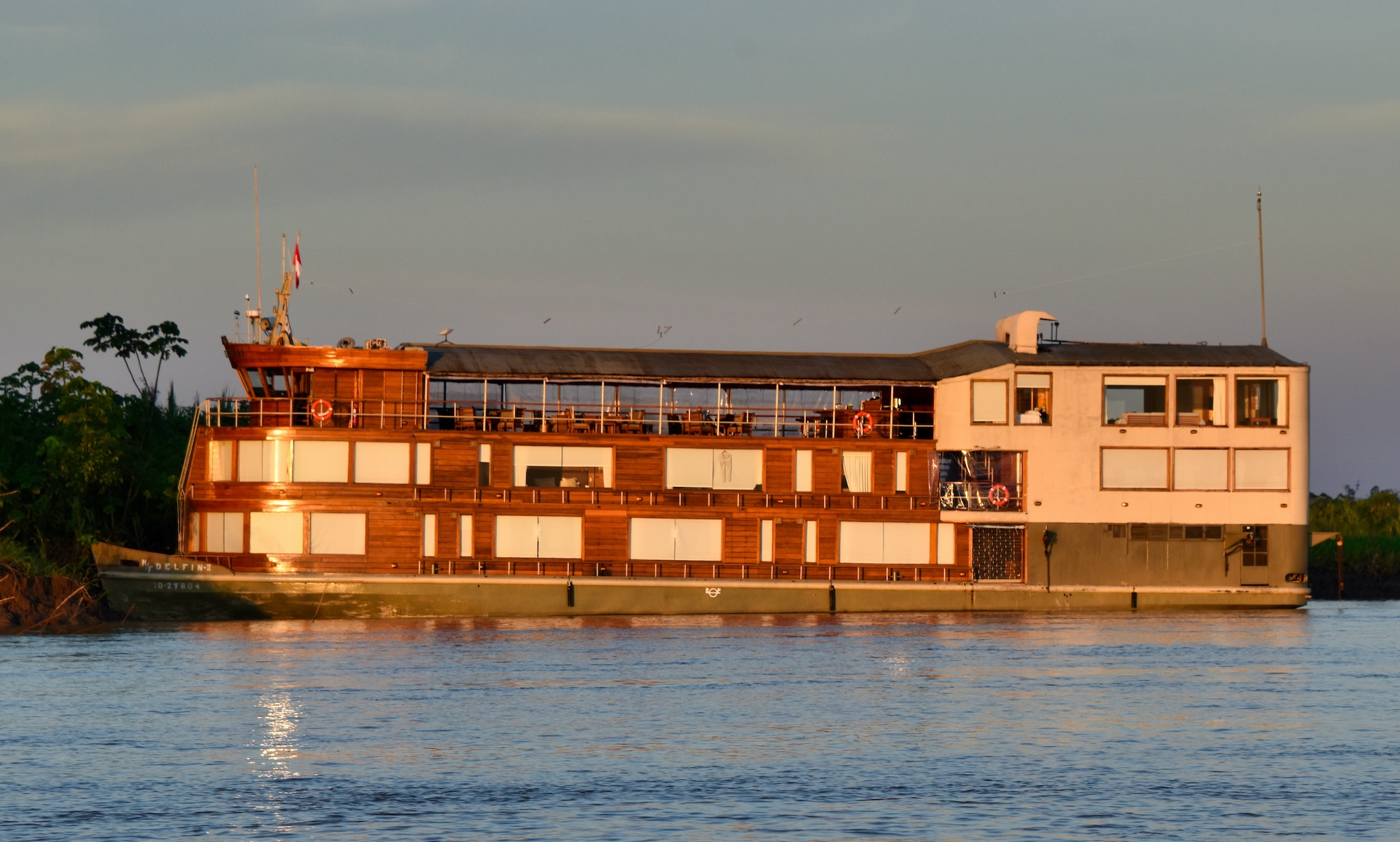
Natural Habitat Adventures's Delfin II riverboat in Peru.
Photo by Brandon Withrow
Pacaya Samiria National Reserve, Peru
The wildlife diversity of the Amazon rainforest is truly unparalleled. Who wouldn’t want to see sloths, pink dolphins, and giant river otters that can stand upwards of five feet tall? A visit to the five-million-acre Pacaya Samiria National Reserve will satisfy that wanderlust. Hire a guide to take you into the inlets of the Ucayali and Marañón rivers, which border the reserve and serve as the headwaters of the mighty Amazon. Along the way, there are opportunities to visit Indigenous villages and markets, supporting those that call the forest their home.
Where to Stay: Any visit to the reserve begins in Peru’s capital, Lima, followed by a flight to Iquitos, and likely a trip to Nauta near the headwaters. If you want guides and trackers that know the region and wildlife, join Natural Habitat Adventures on the luxury riverboat Delfin II. With just 14 suites onboard, each featuring panoramic river views, it’s a world away from the typical cruise experience. —BW
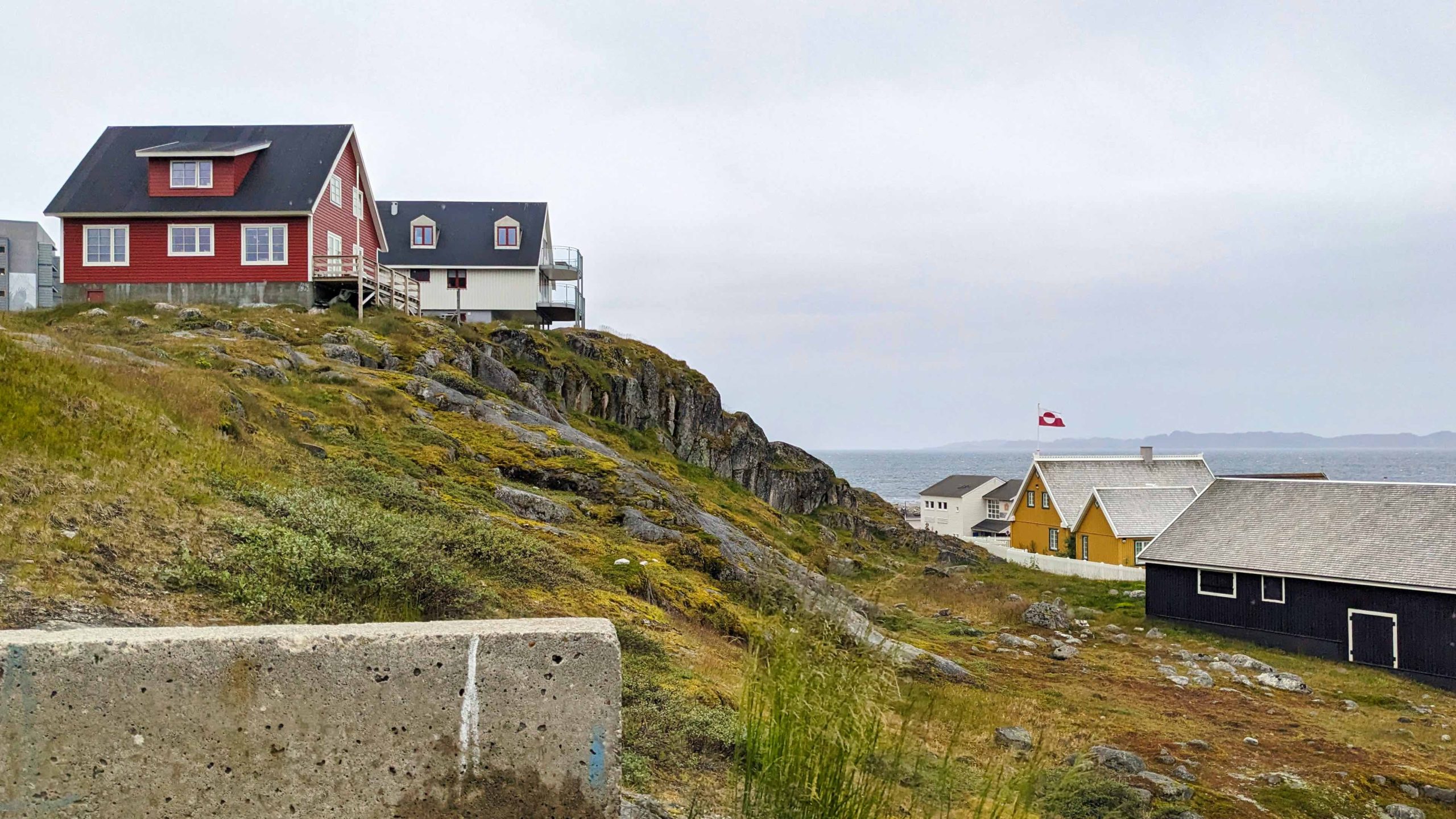
Photo by Brandon Withrow
Nuuk, Greenland
There’s never been a better time to visit this autonomous territory of Denmark. With a population under 57,000 and only 93 miles of road (not all paved), the country has no highway systems to connect its towns. That has traditionally been done by boats and cruise ships, helicopters, or prop planes. But as of late 202, Nuuk has a new international airport that allows direct, transatlantic flights. The new airport is expected to transform tourism in the country, where the number of visitors are double the population annually. Once you’re there, you can embrace Aurora watching, hiking, kayaking, and wildlife spotting—including polar bears, humpback whales, musk oxen, and reindeer.
Where to Stay: With its distinctive iridescent exterior and expansive family rooms, Hotel Aurora is a friendly, family owned hotel that’s a short walk from central Nuuk. If you’re looking to explore further afield, join an expedition cruise with National Geographic-Lindblad Expeditions—the adventure will be only a Zodiac ride away. —BW
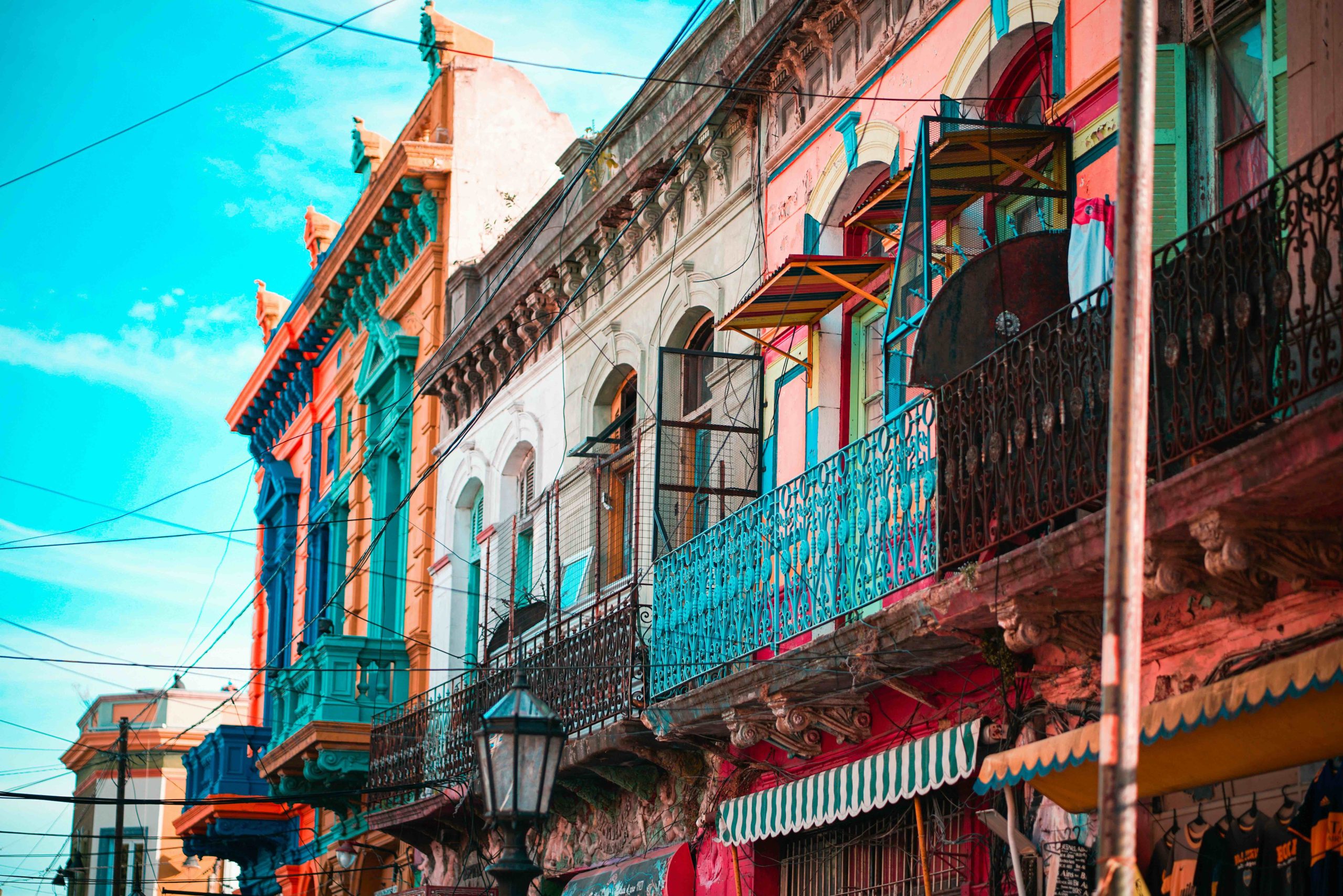
Photo by Barbara Zandoval on Unsplash
Buenos Aires, Argentina
As with much of Argentina, Buenos Aires has long been underrated as a tourist destination. That means there’s never a bad time to savor some amazing Argentinian barbecue—without the thick crowds. This large city has several neighborhoods, each with its own flair. Palermo is a walkable neighborhood with cafes and nightlife. Go to Recoleta for culture and historic architecture. Visit the trendy Puerto Madero neighborhood for shopping, luxury stays, and walking access to the beautiful Reserva Ecológica Costanera Sur, the most biodiverse space in Buenos Aires.
Where to Stay: Hotel Madero in Puerto Madero is a comfortable luxury stay with large rooms and balconies for kicking back with your coffee in the morning. When you’re looking to unwind after a long day of sightseeing, the heated indoor pool and a rooftop spa will come in clutch. If your pocketbook is up for it, their 730 square foot Signature Suite offers fantastic views. —BW
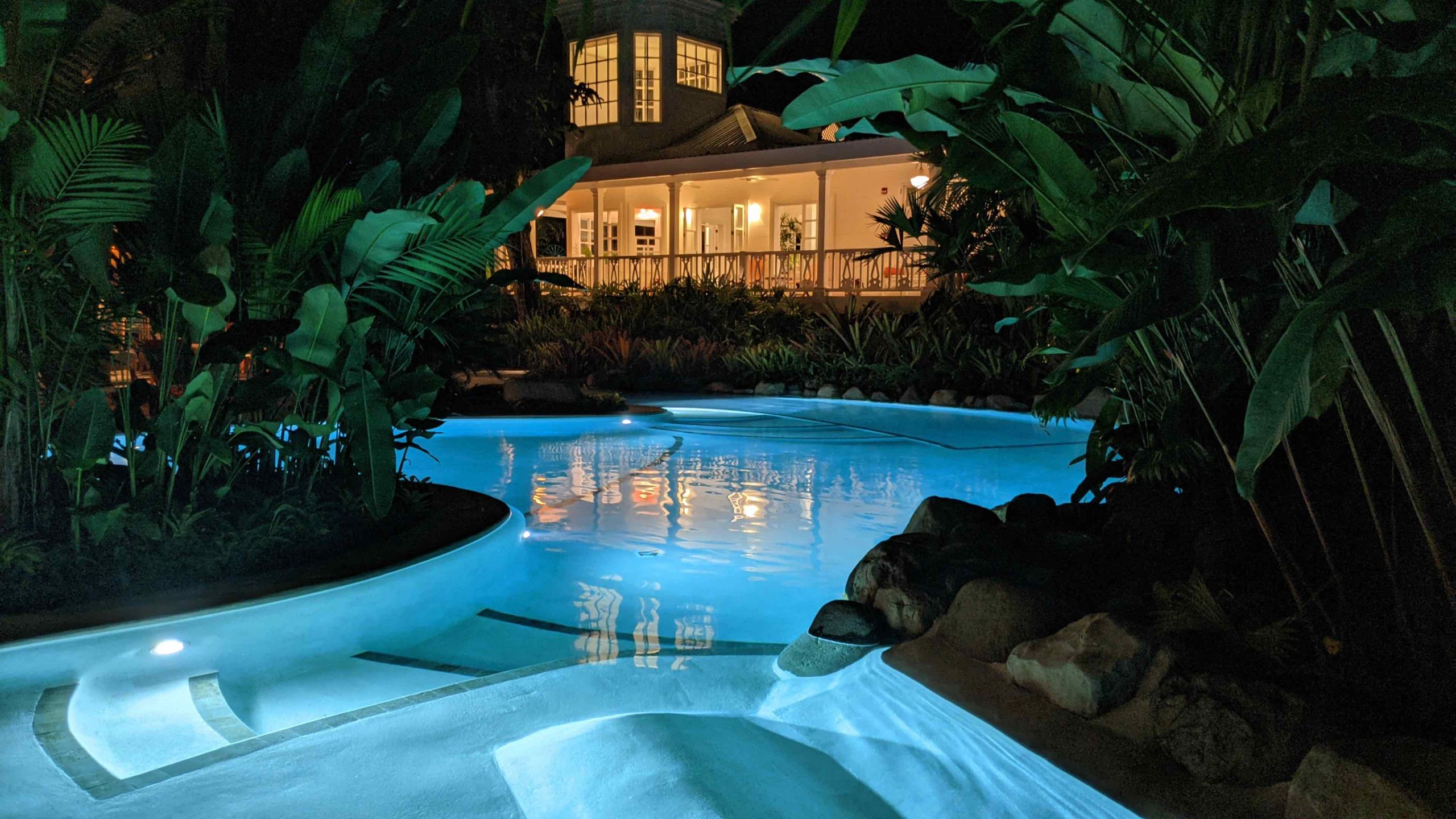
The peaceful grounds of Aguas Claras.
Photo by Brandon Withrow
Puerto Viejo, Costa Rica
When you think of Costa Rica, you’re likely picturing the lush Pacific Coast. But the less-visited Caribbean side of the country is just as stunning. Puerto Viejo is a small, laid back town along the southeast coast where you can enjoy the water, surf, and black-sand beaches. Stop at the Jaguar Rescue Center to get up close with sloths, monkeys, and other wildlife. We also recommend a day trip to the indigenous Bribri community thirty minutes to the south, near the border with Panama, for an unforgettable cacao and cultural experience.
Where to Stay: For a vacation that truly feels like “getting away from it all,” Aguas Claras is hard to beat. This oceanside boutique resort is a quiet space surrounded by lush green pathways and relaxing pools. Colorfully decorated rooms make the most of indoor-outdoor living, and some even have their own private plunge pools. You can stay in spacious two-bedroom bungalows, enjoy elevated onsite dining, or simply bask in a laid-back afternoon on the private beach. —BW
More Travel
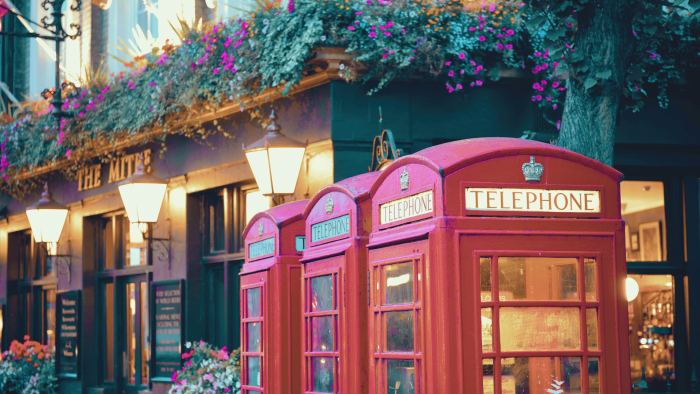
London Doesn’t Have to Be Lavish to Travel Well
Your smart, stylish, and affordable guide to visiting the UK capital.
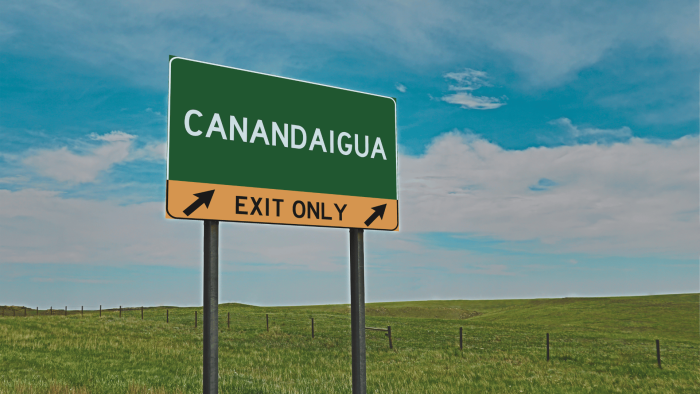
The Charm of Canandaigua, New York
The perfect friend trip for 2026.
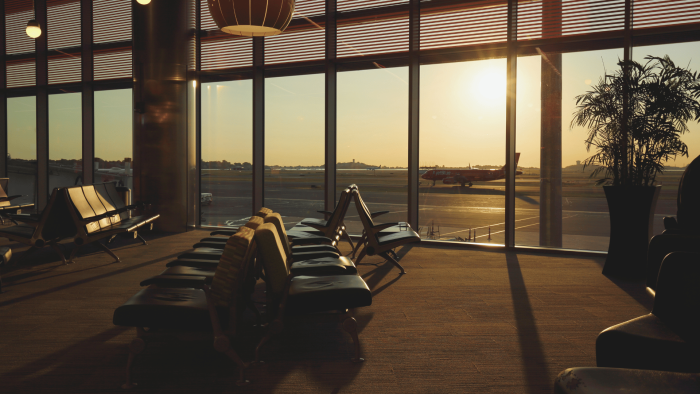
Low-Season Destinations to Visit in the Fall and Winter
Avoid the crowds. Travel on the low.
